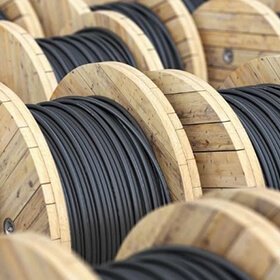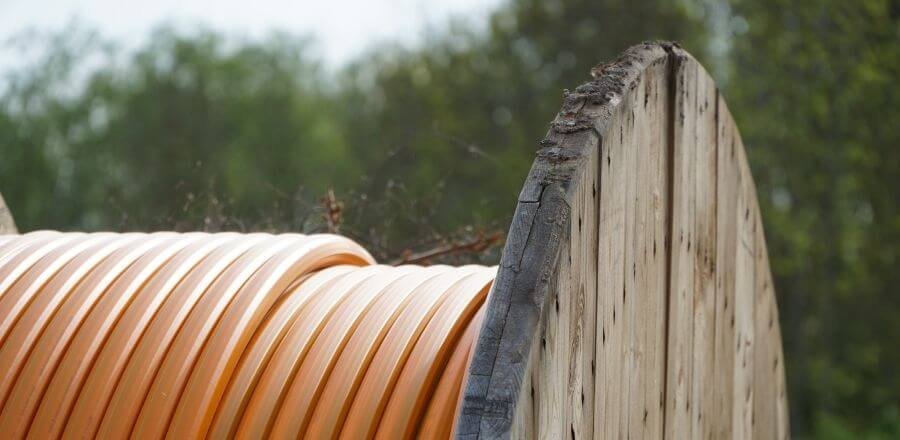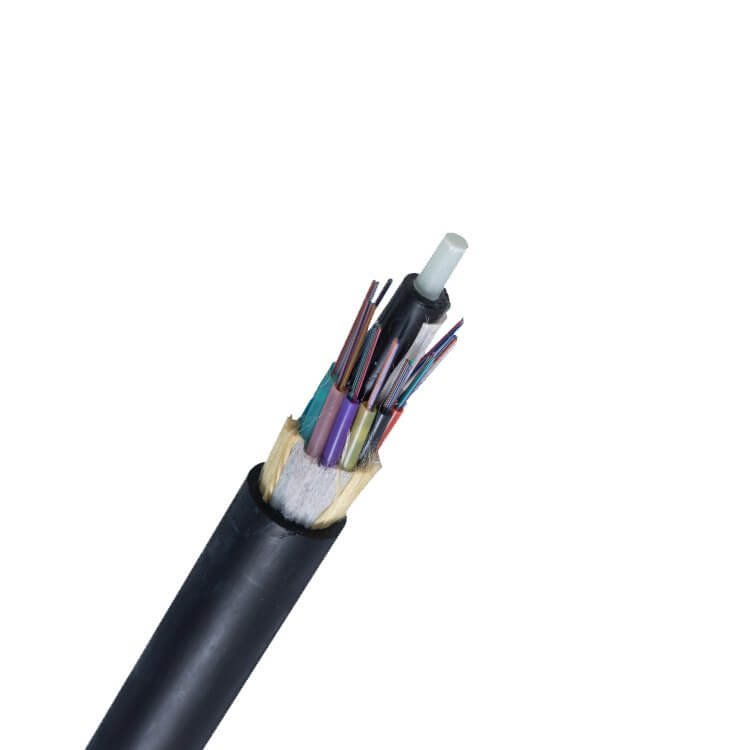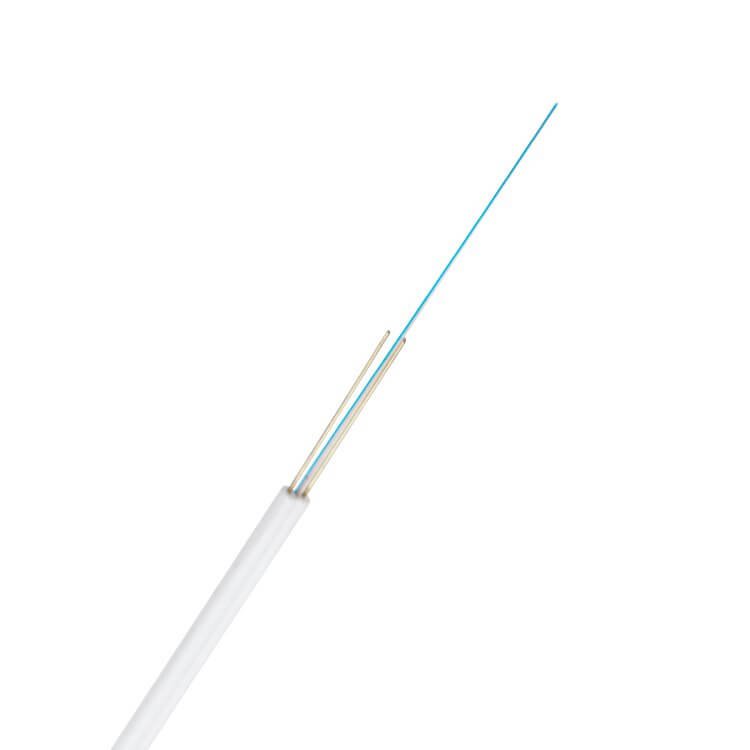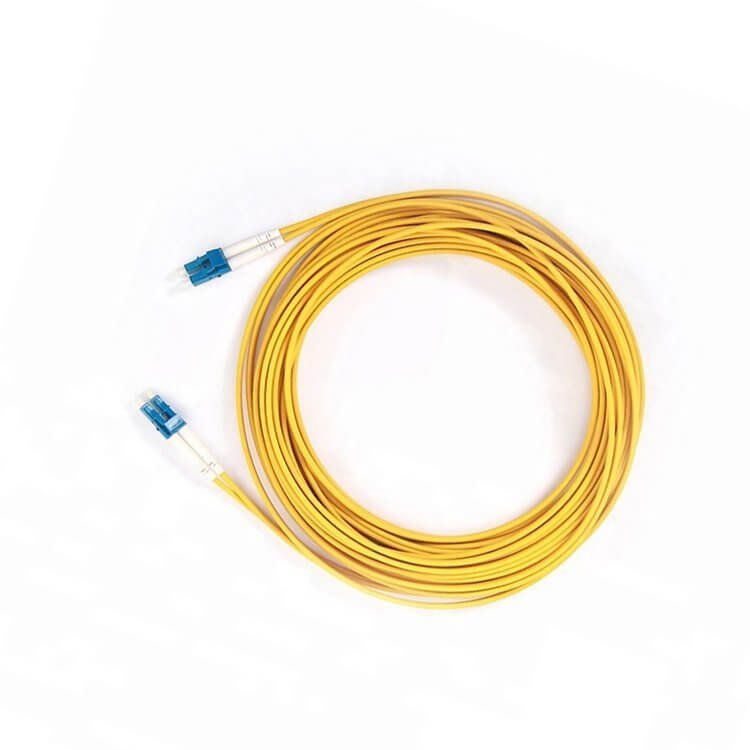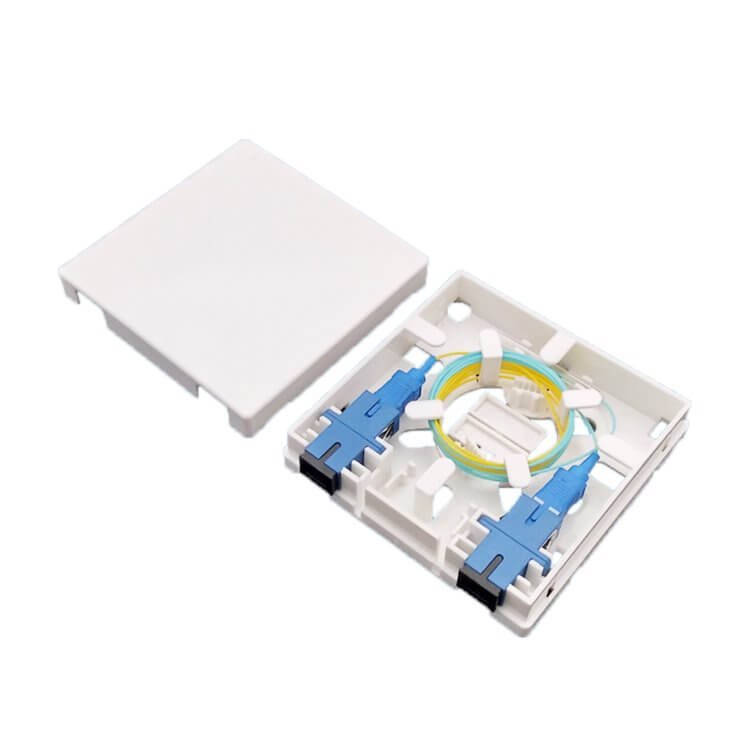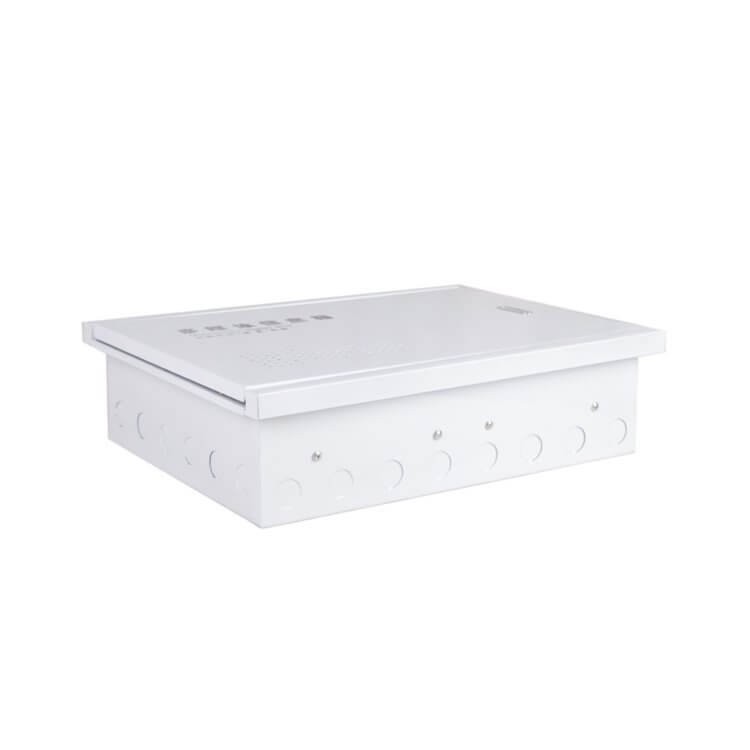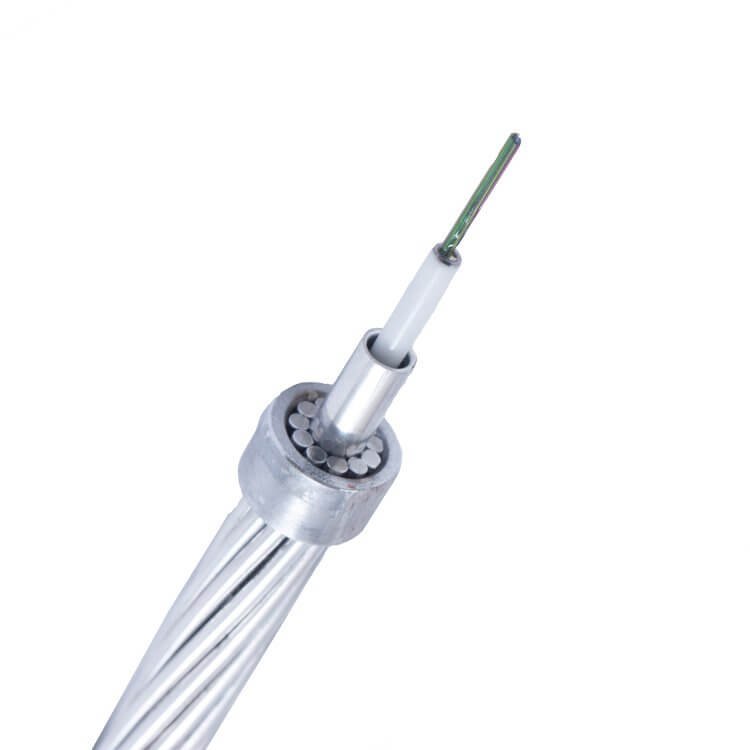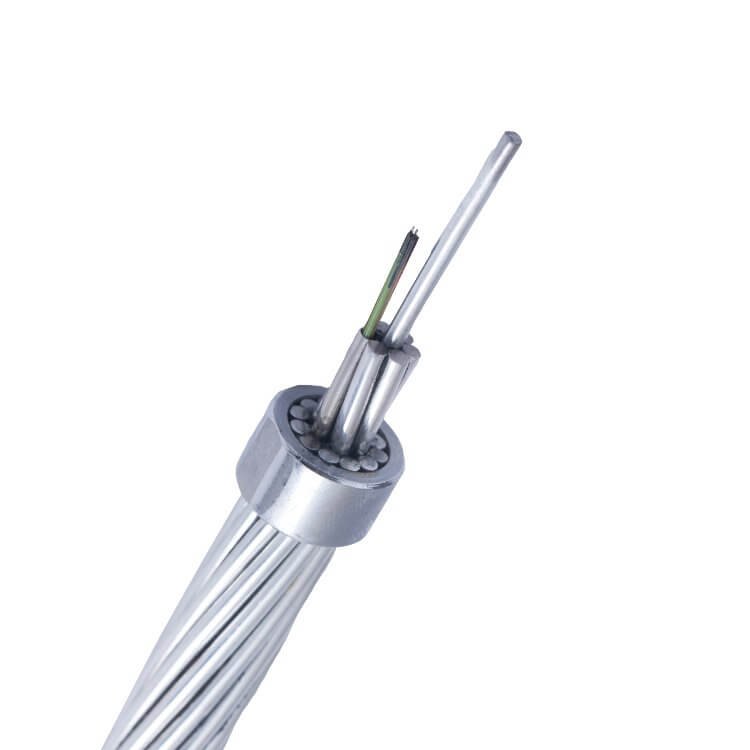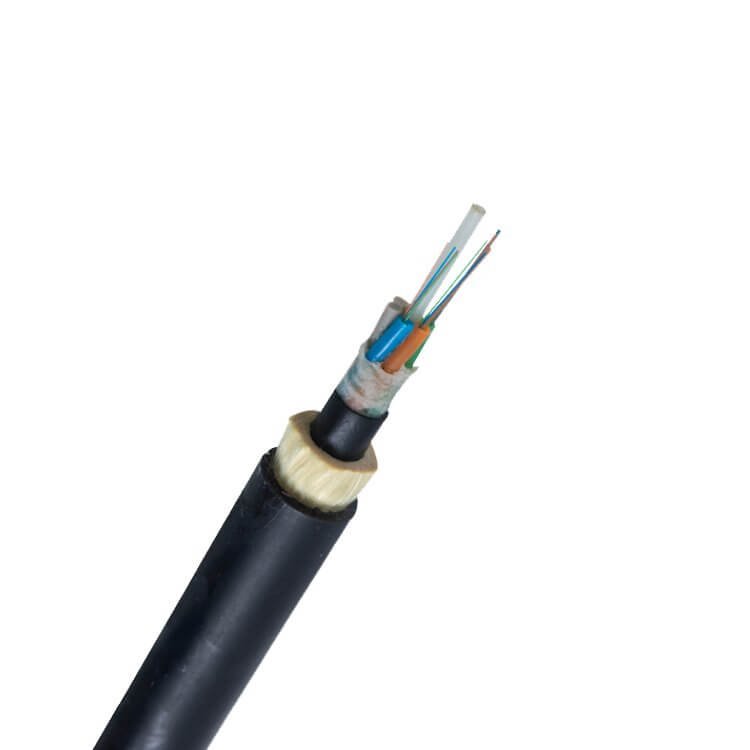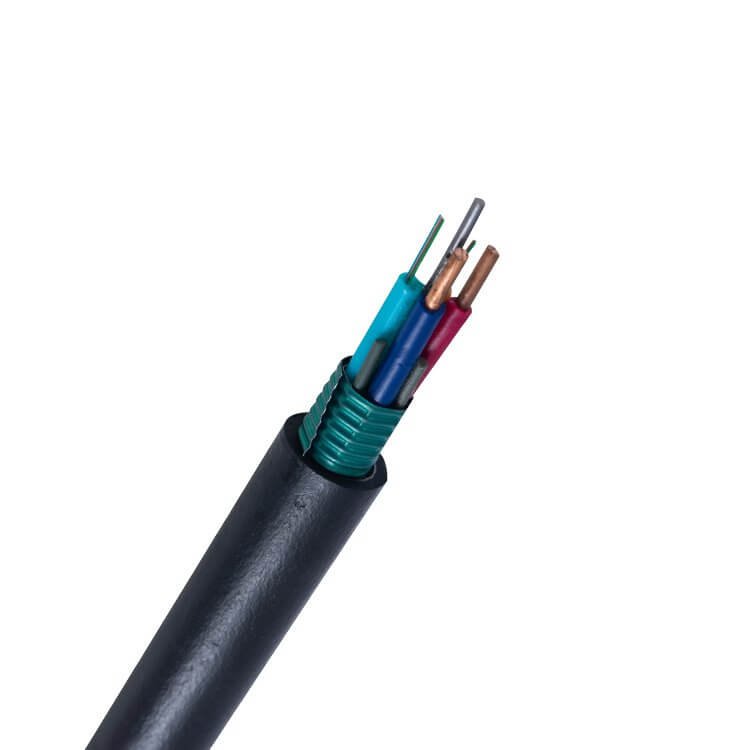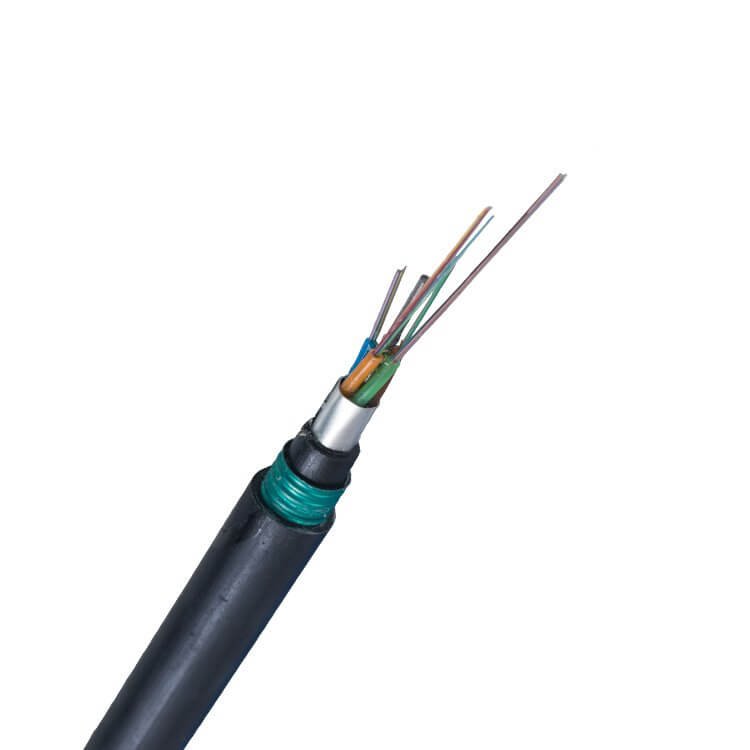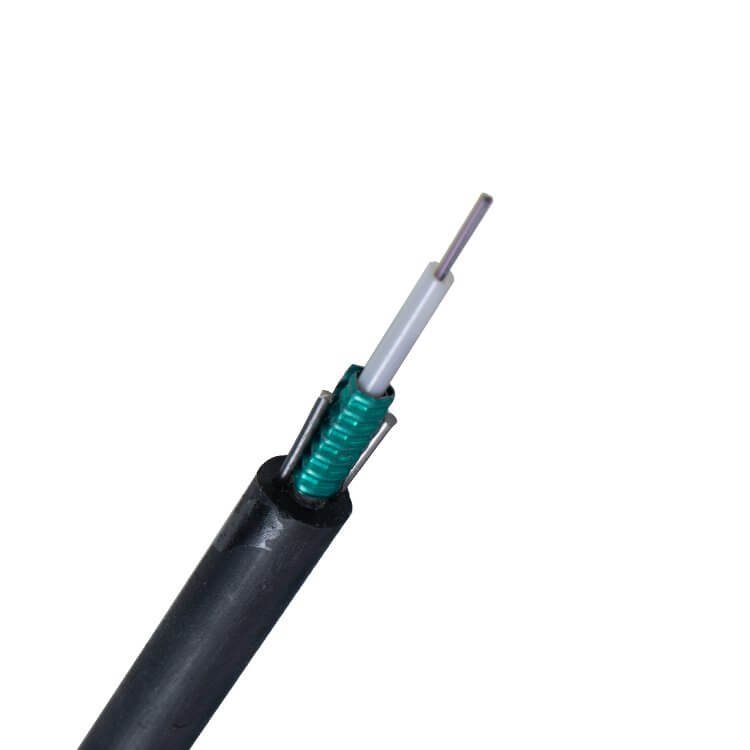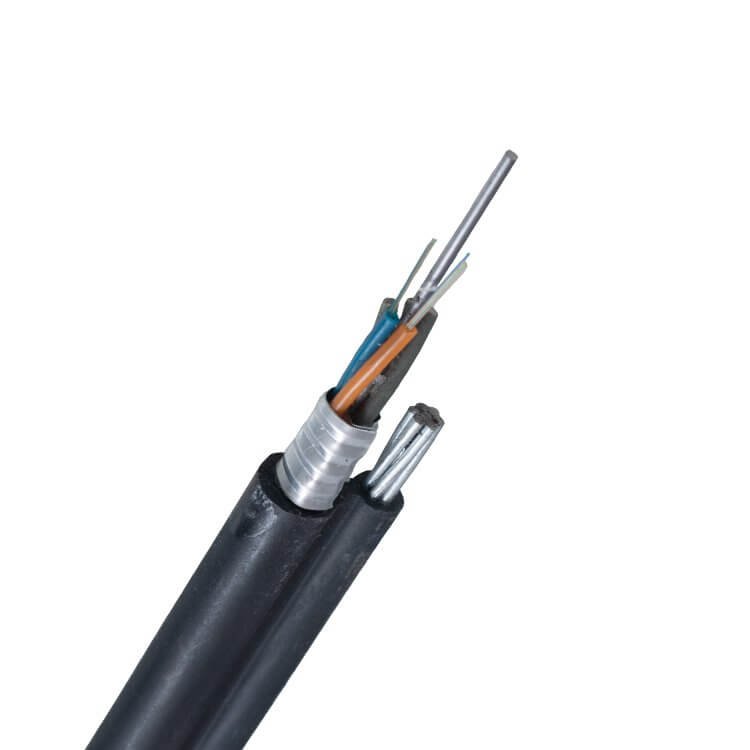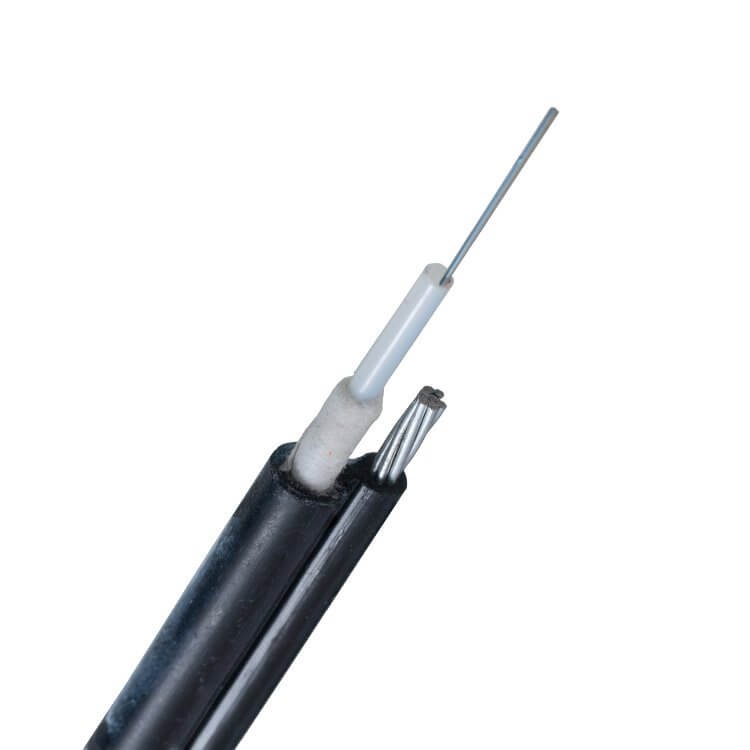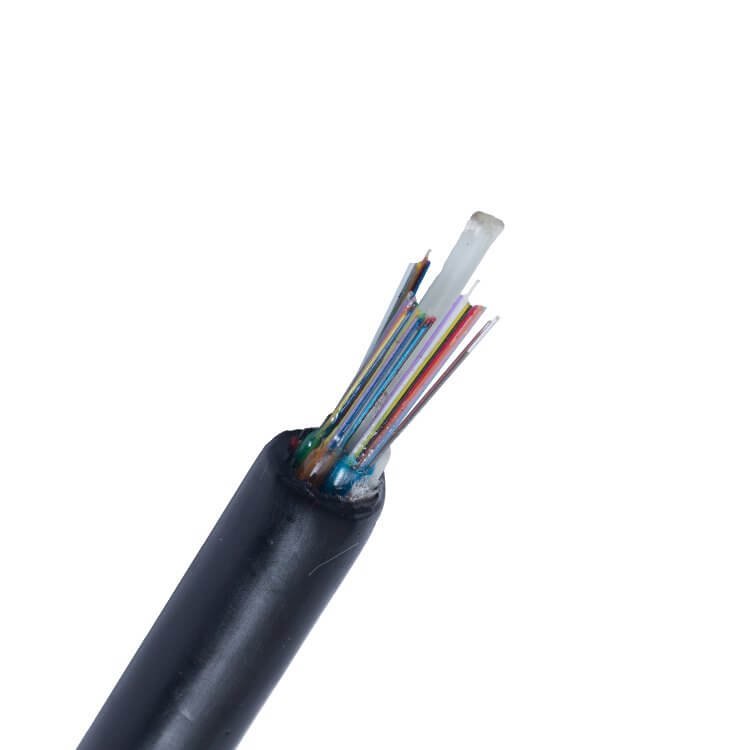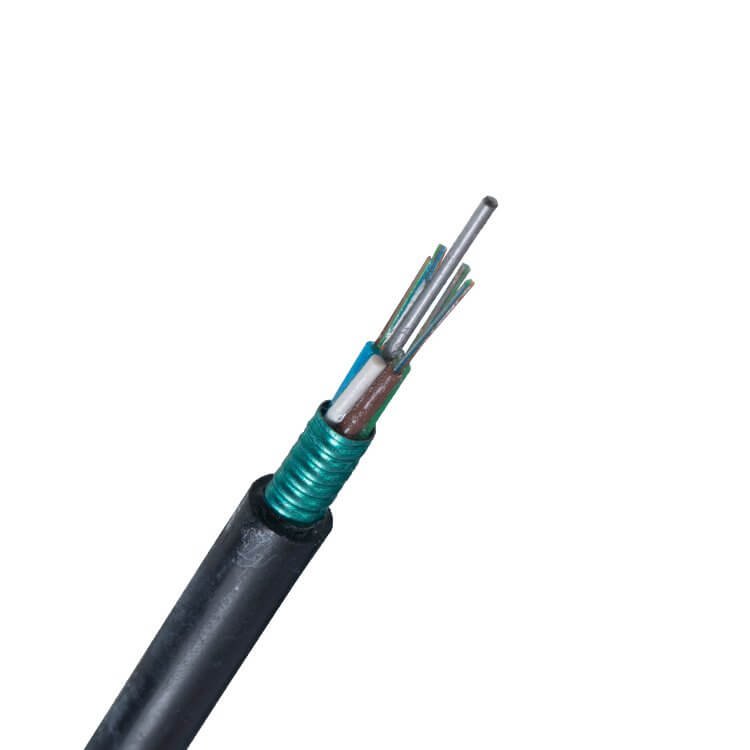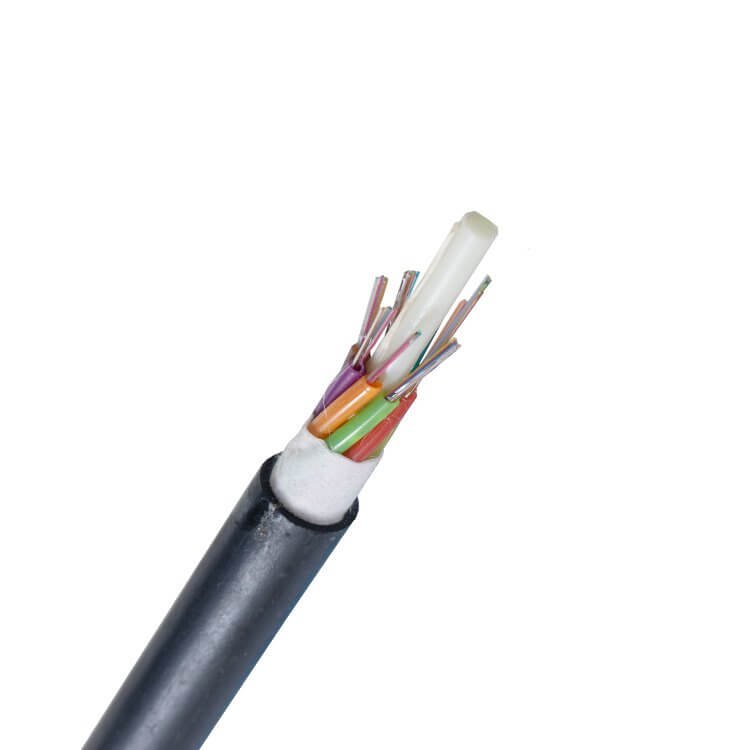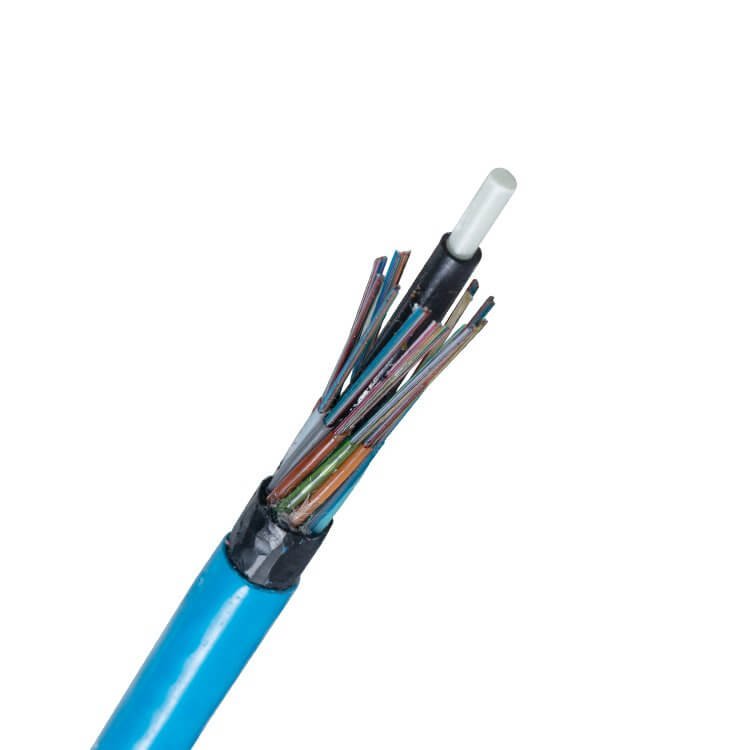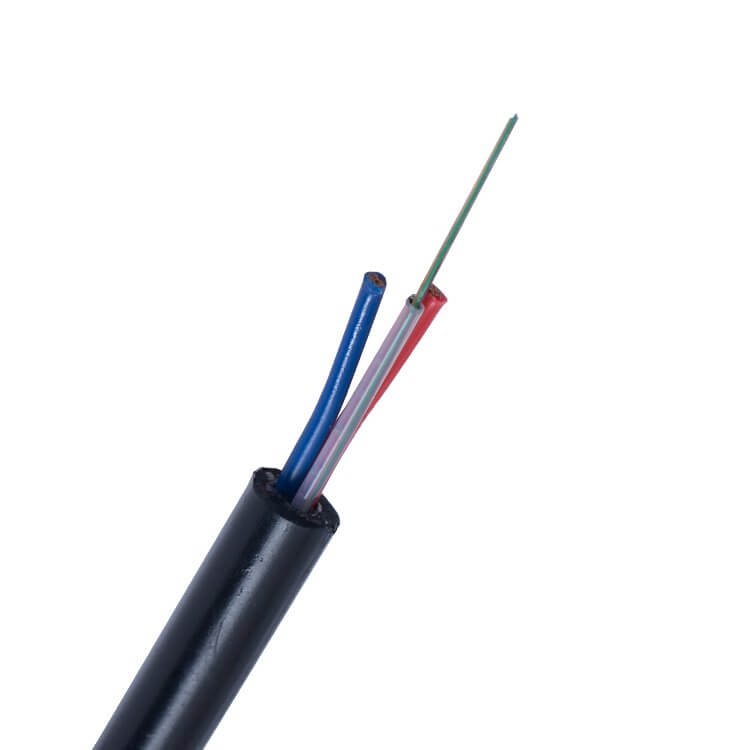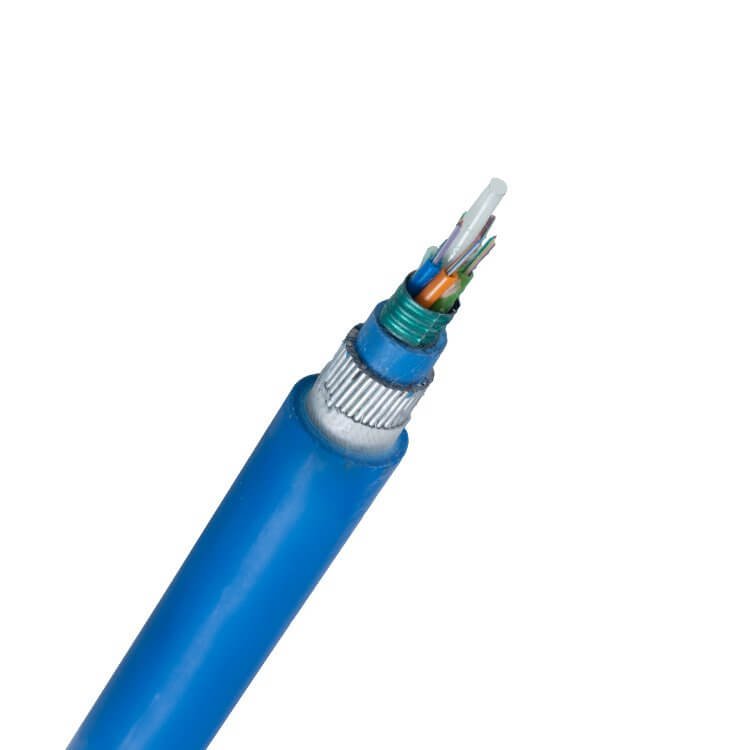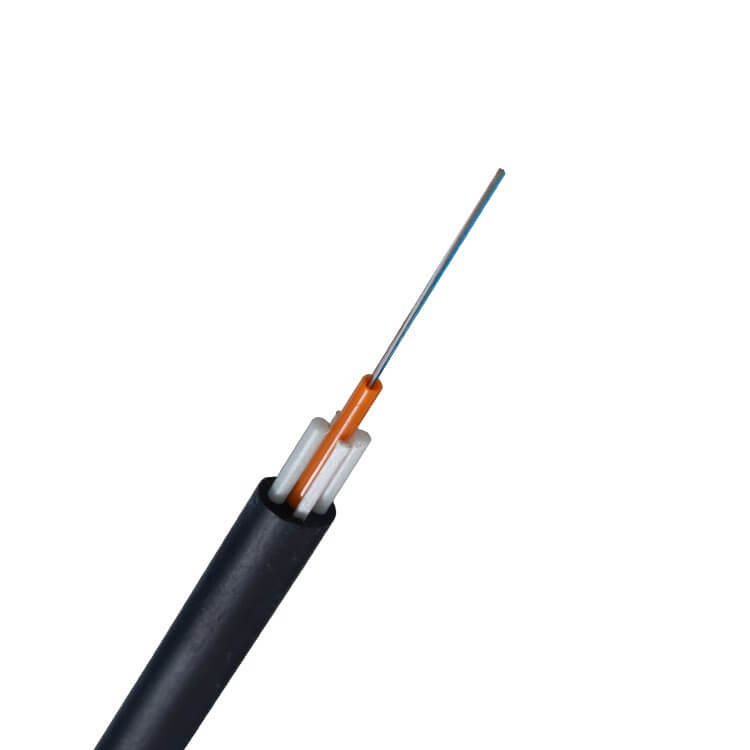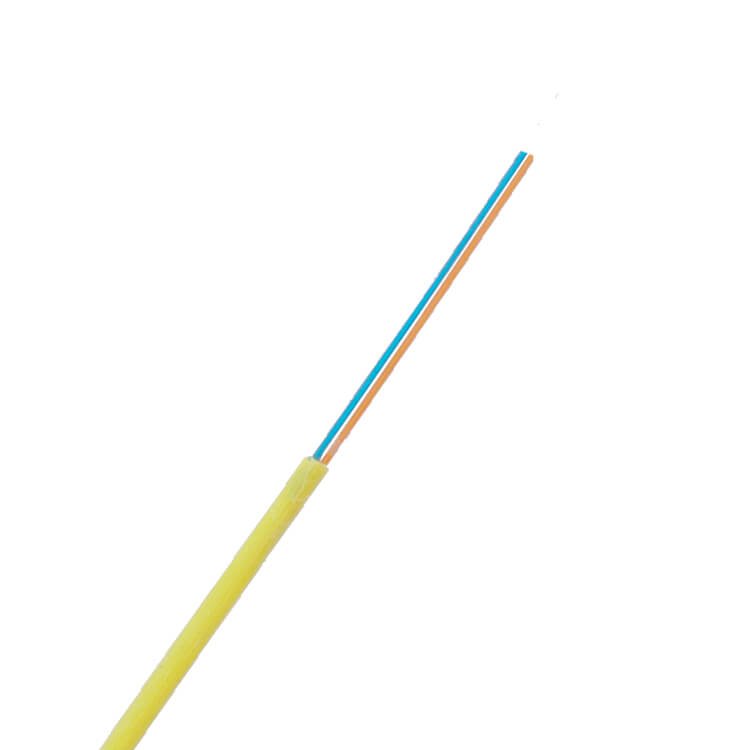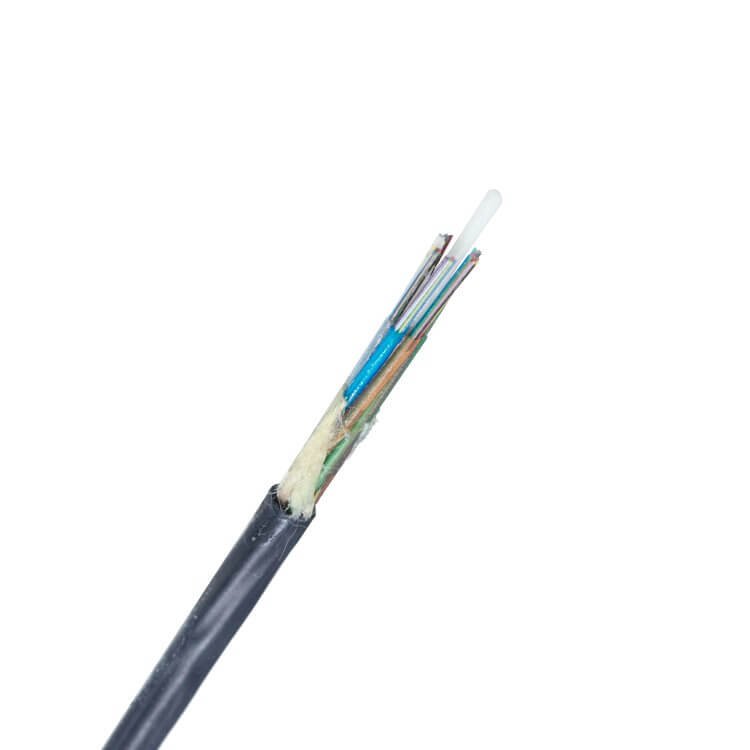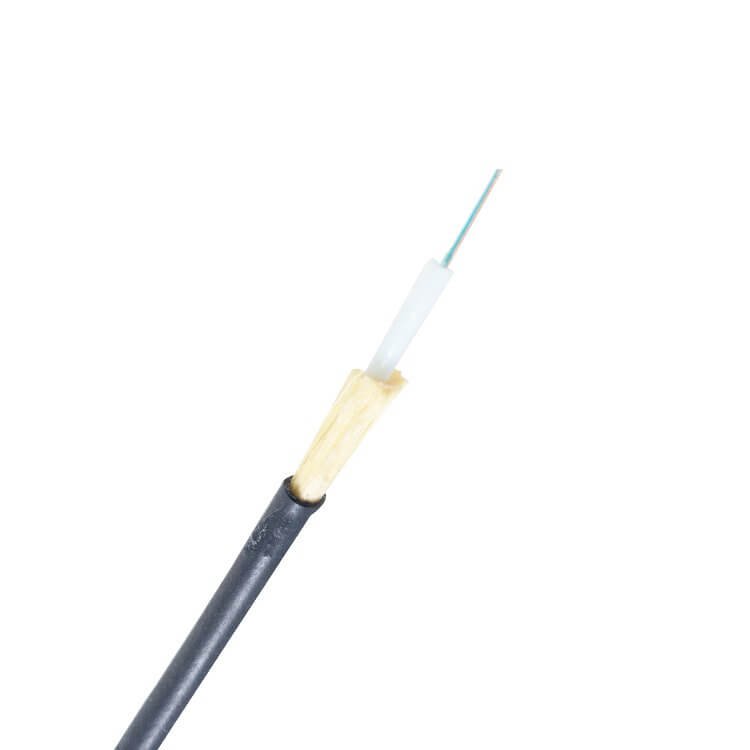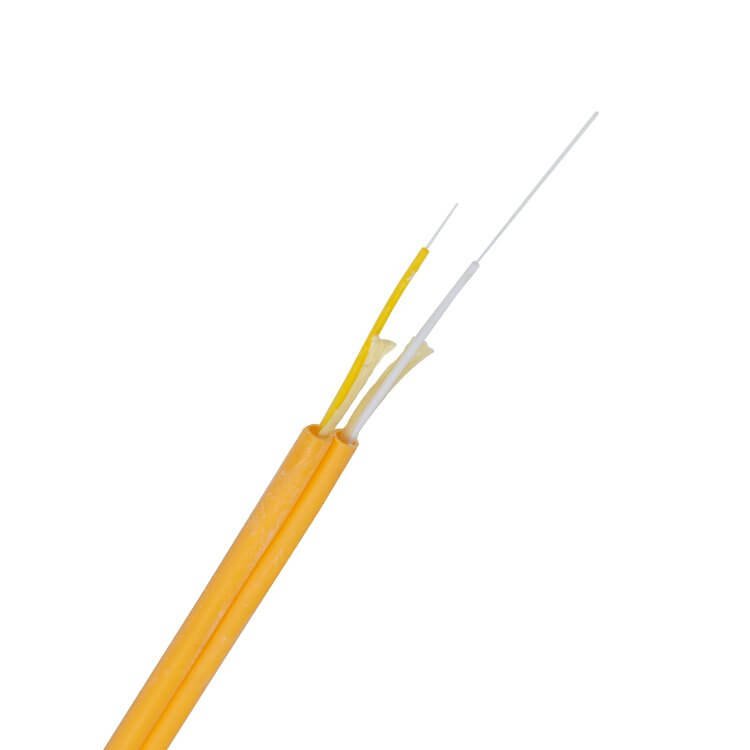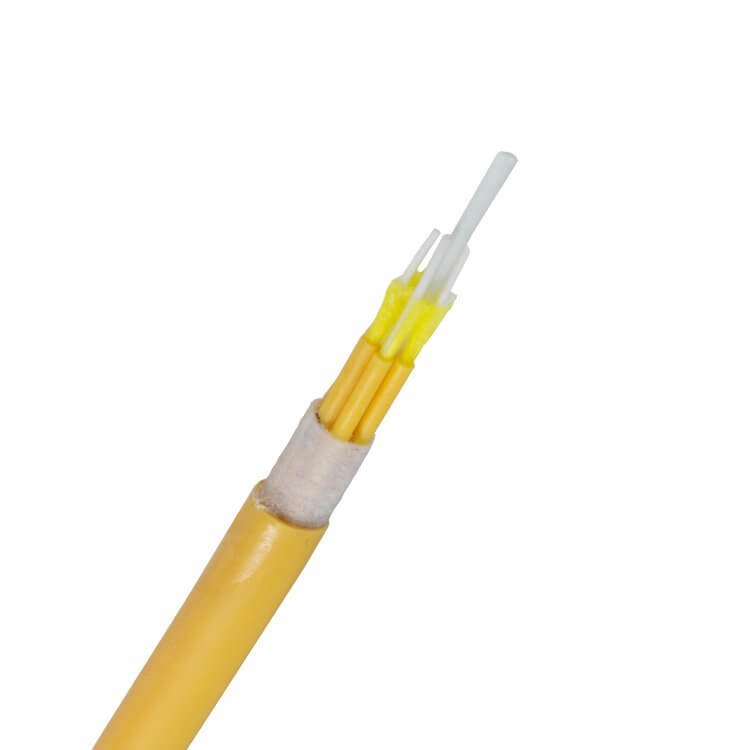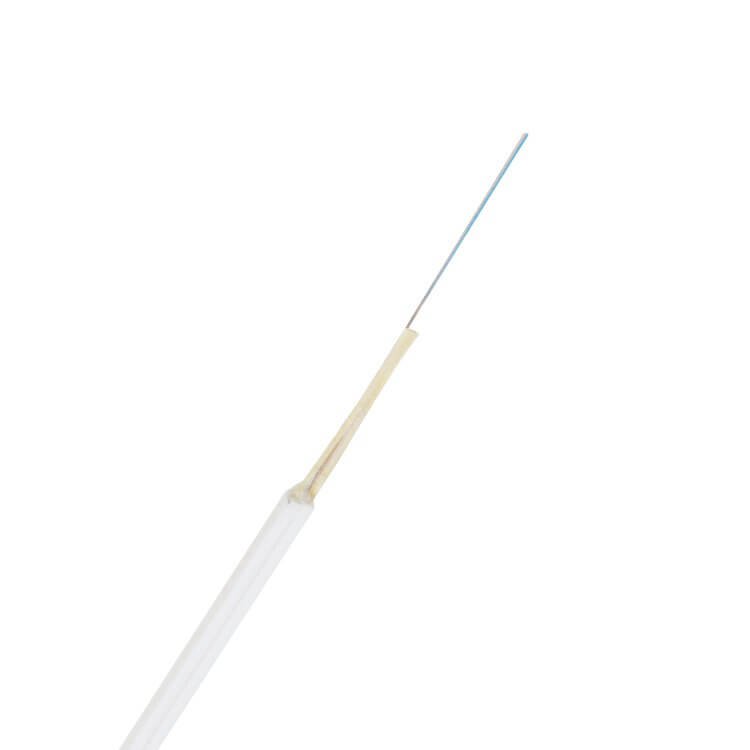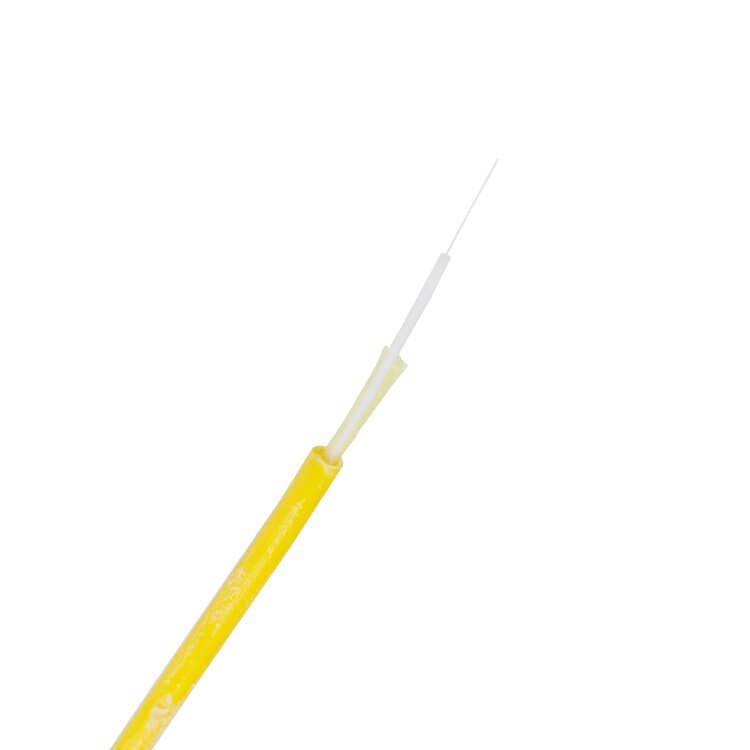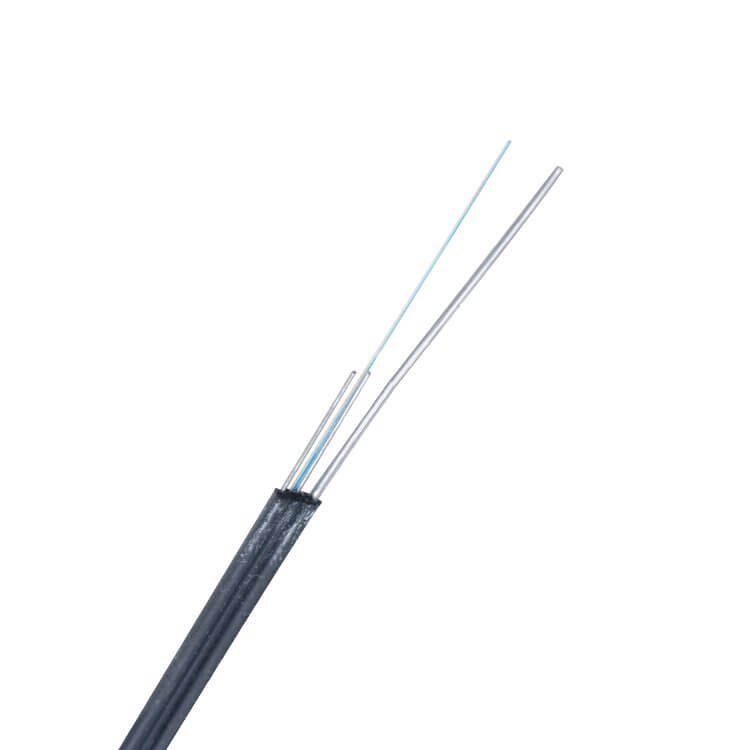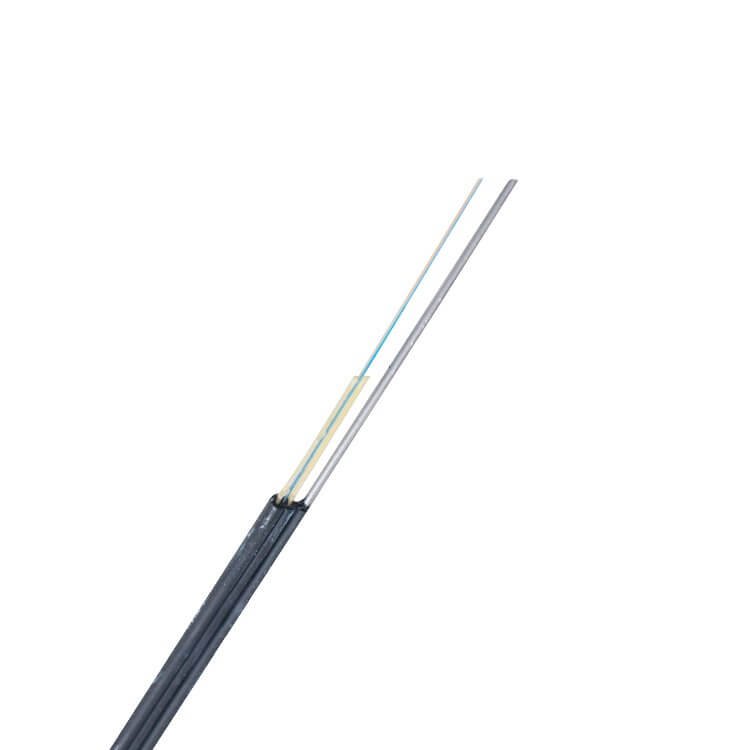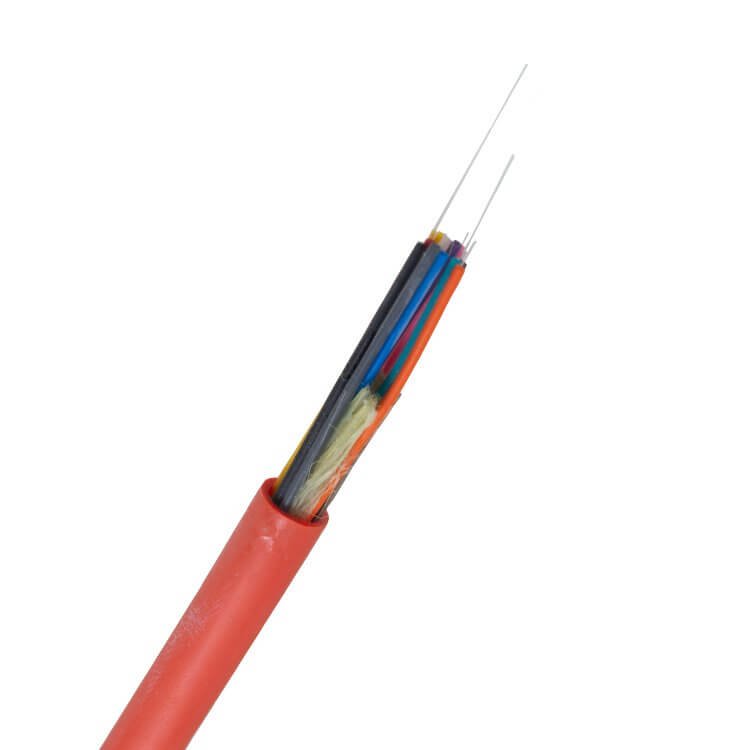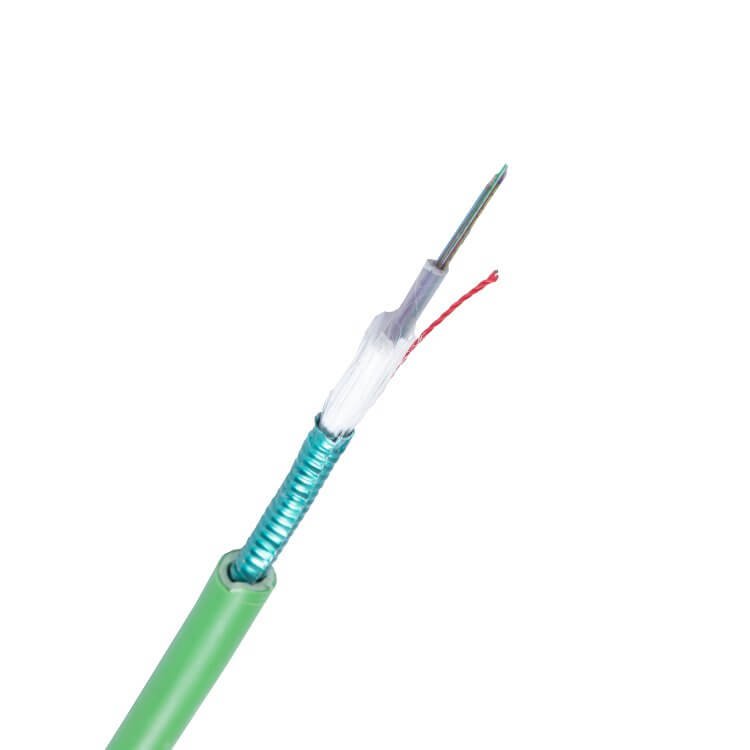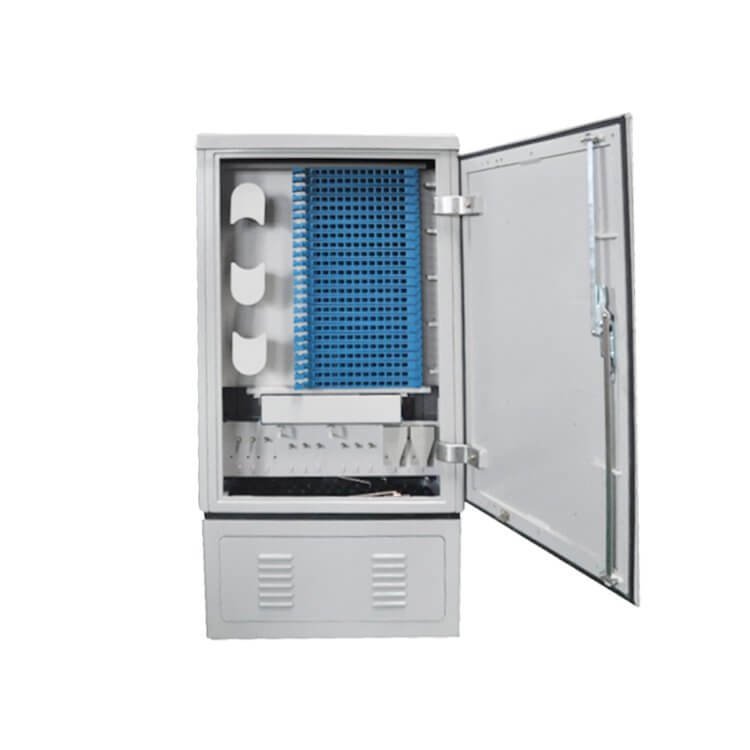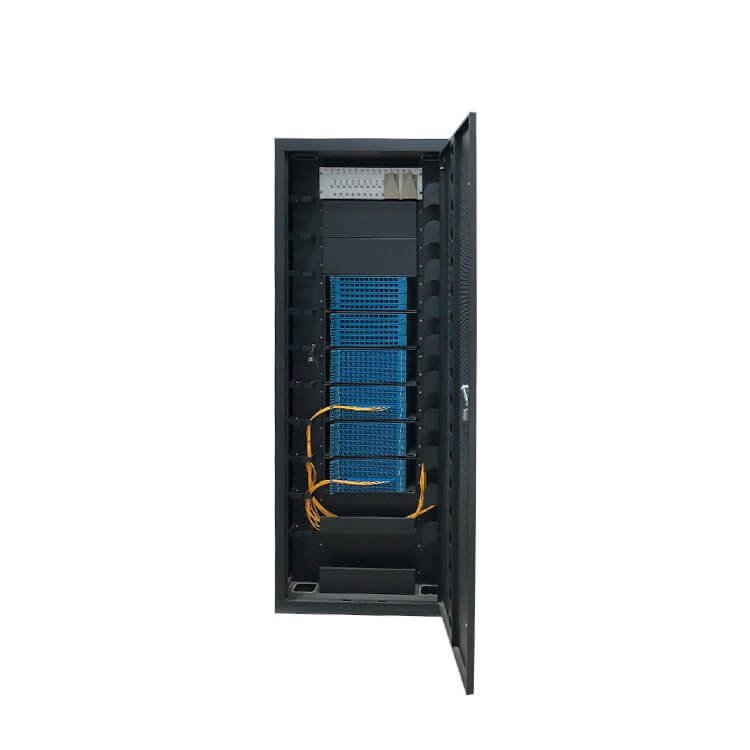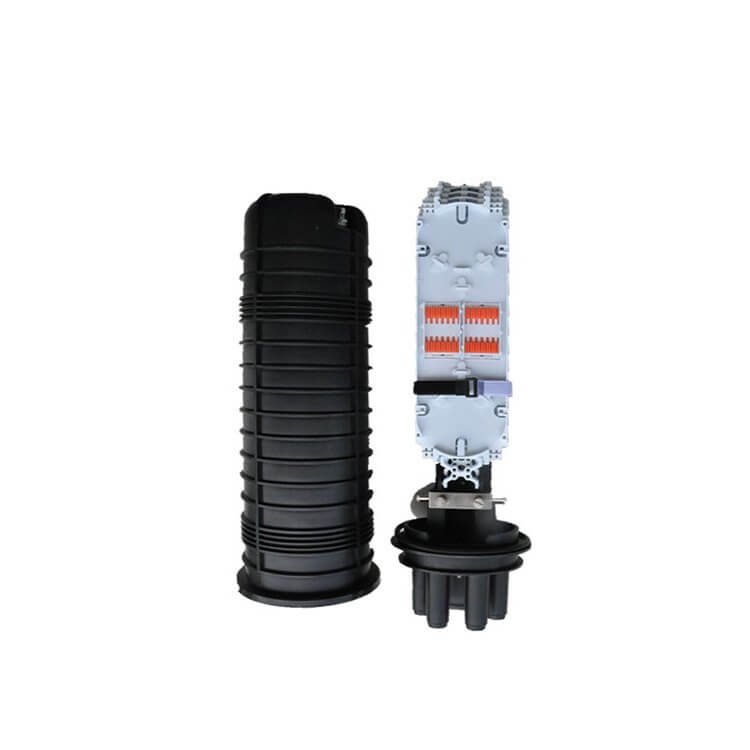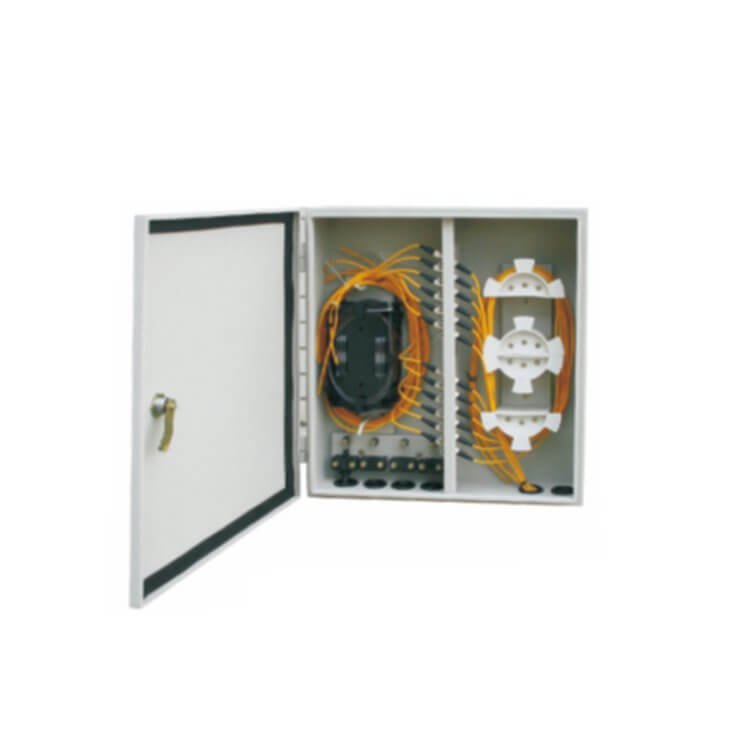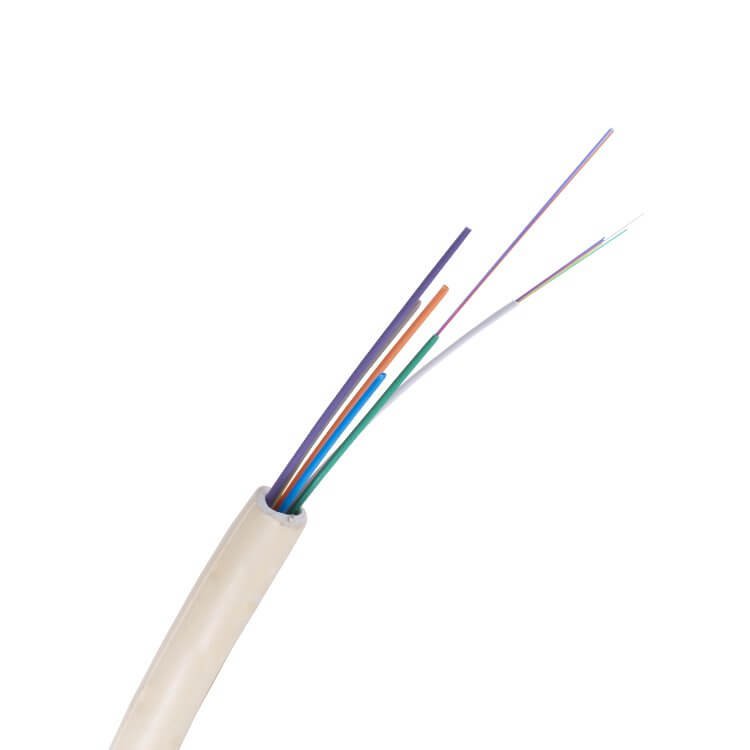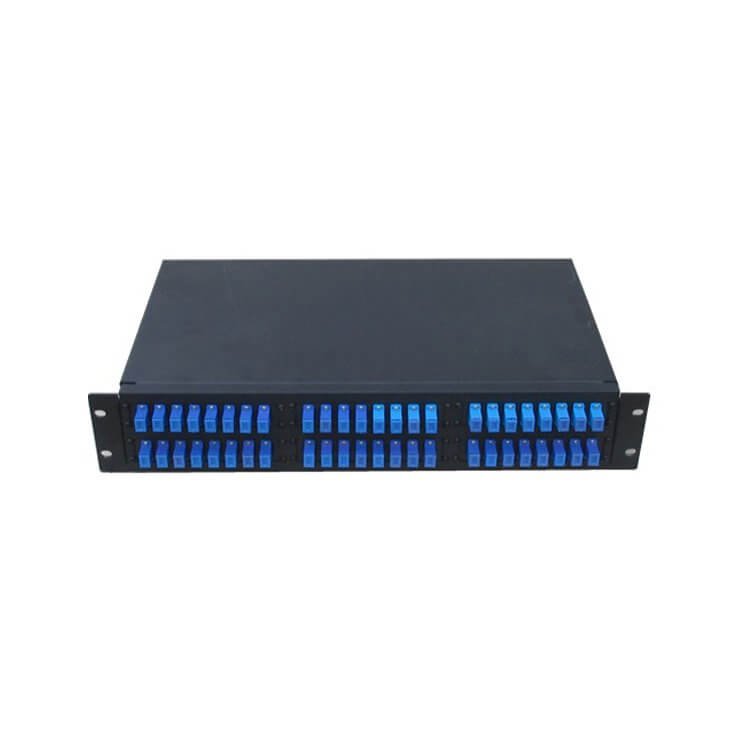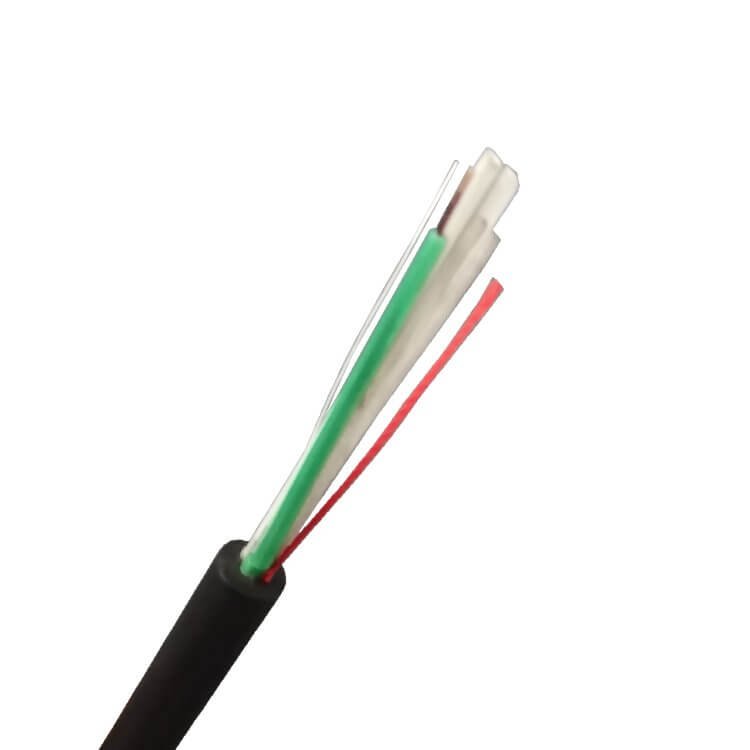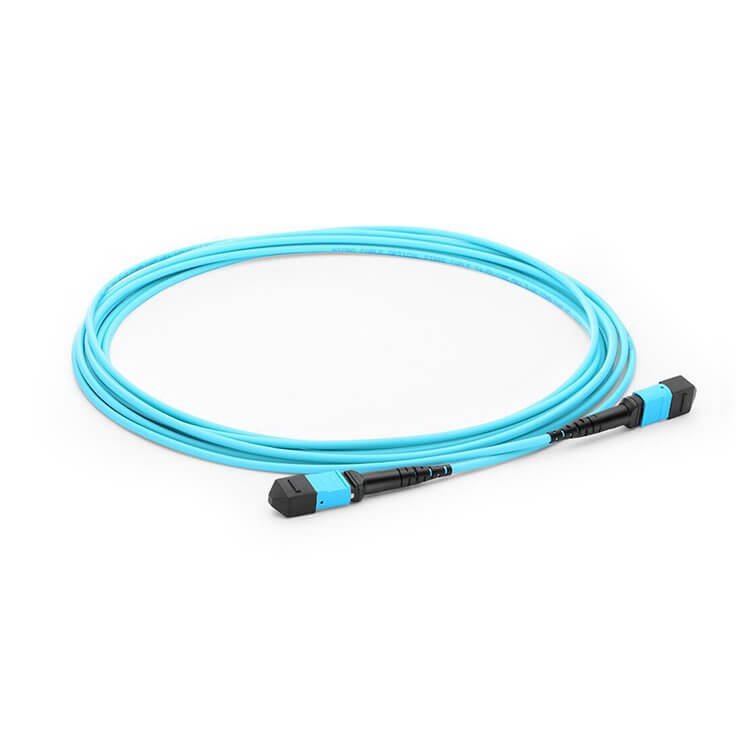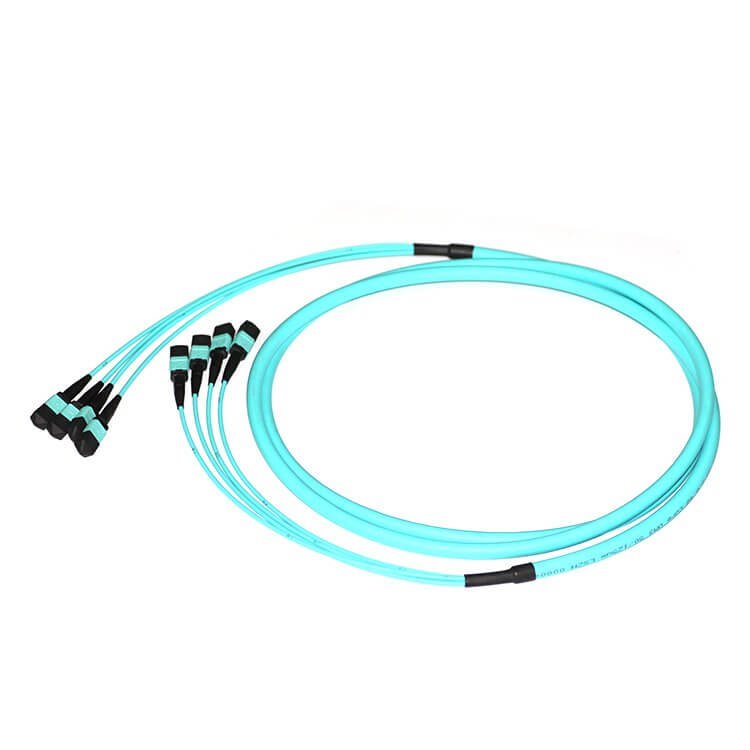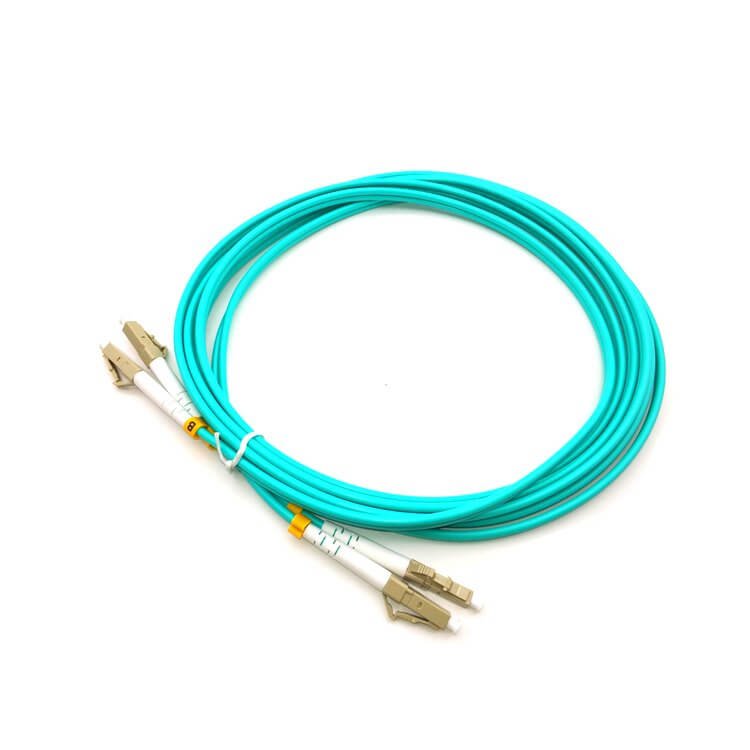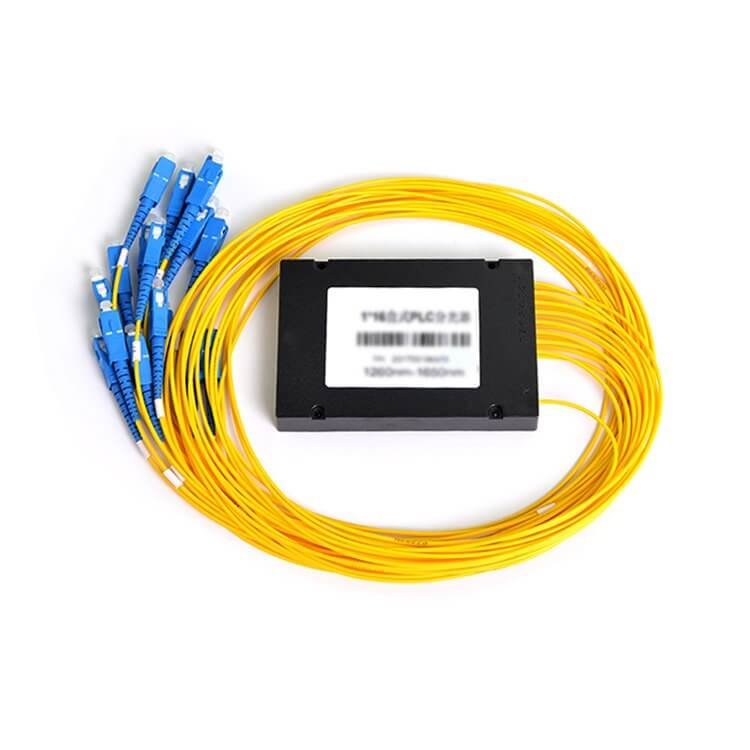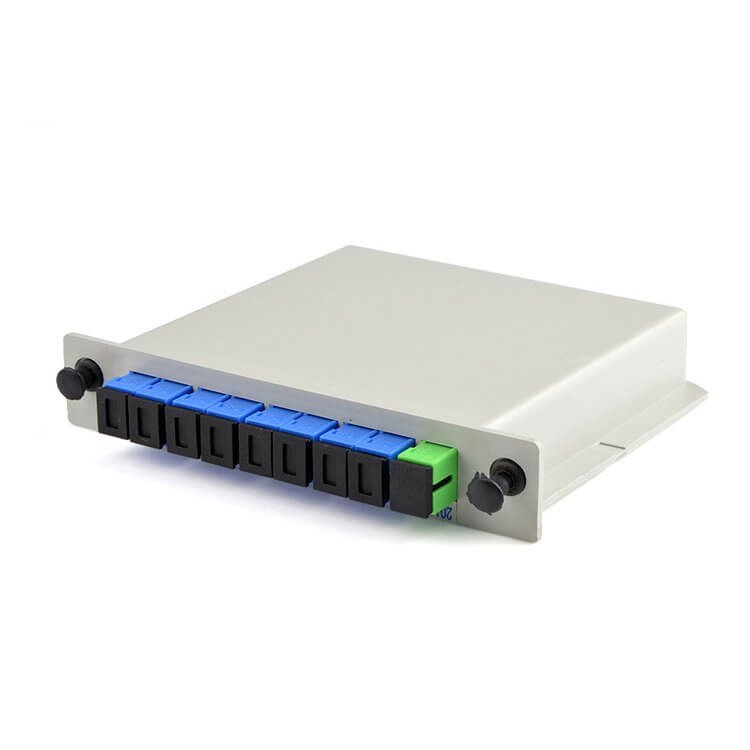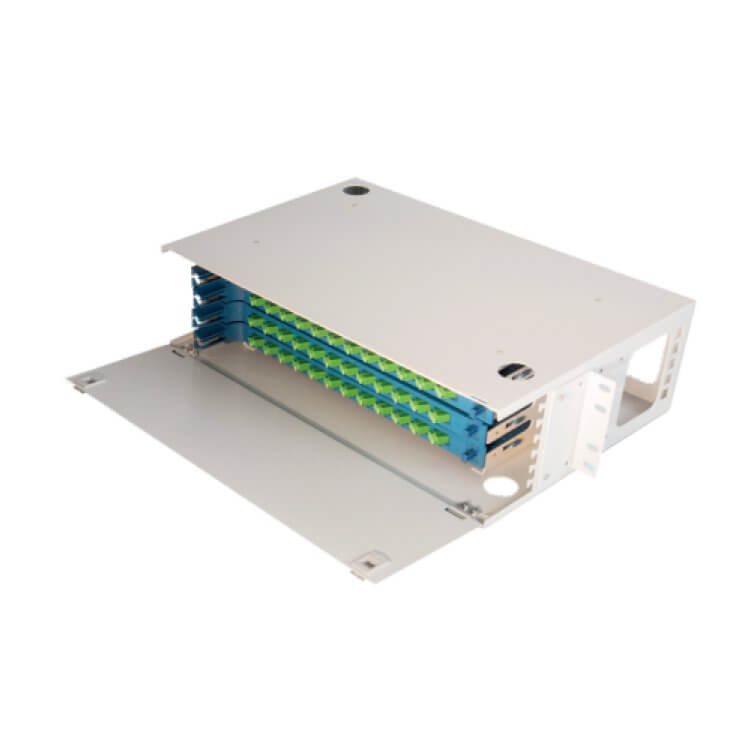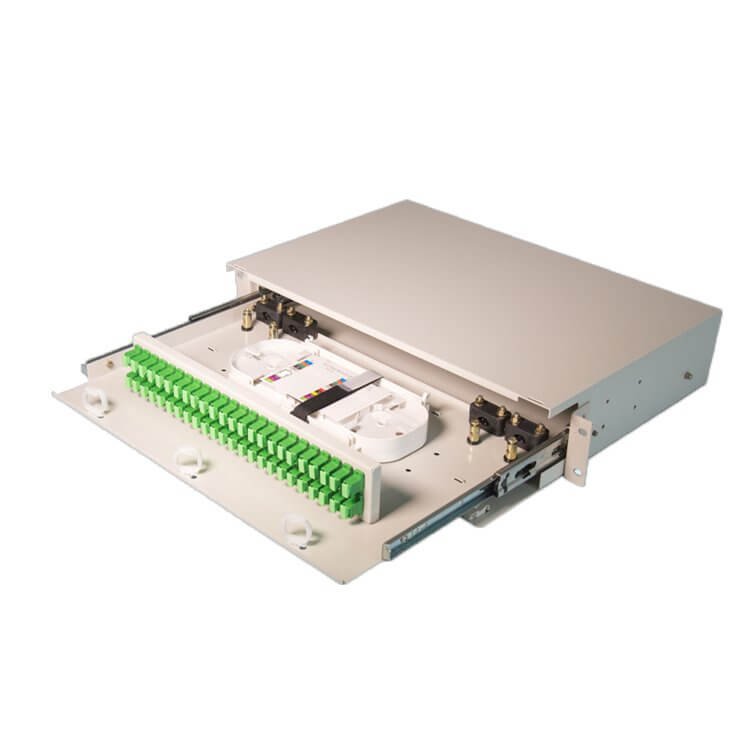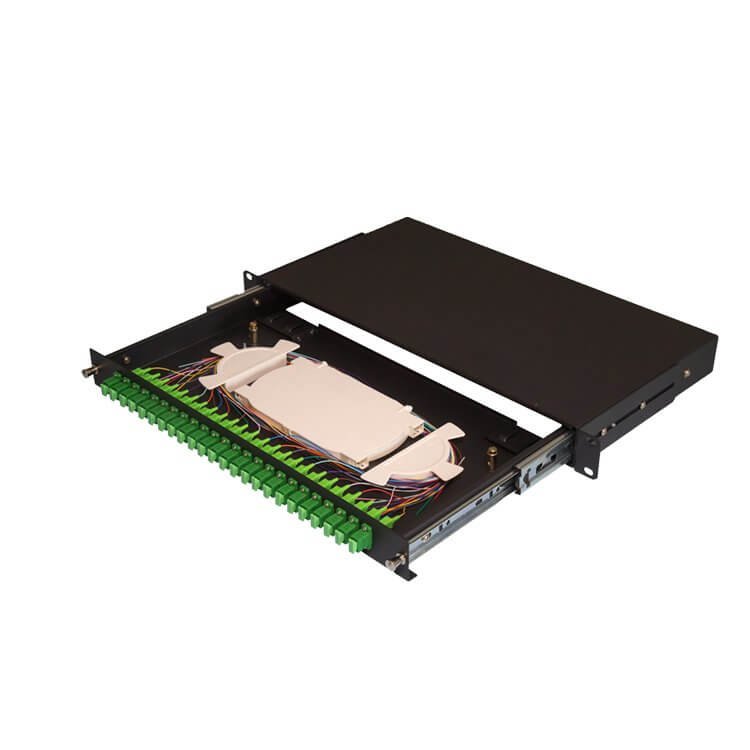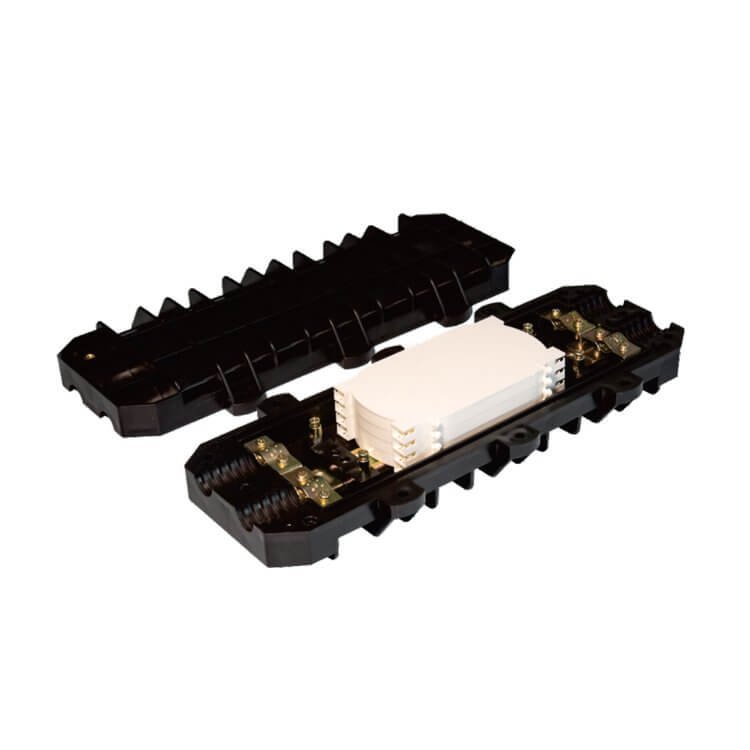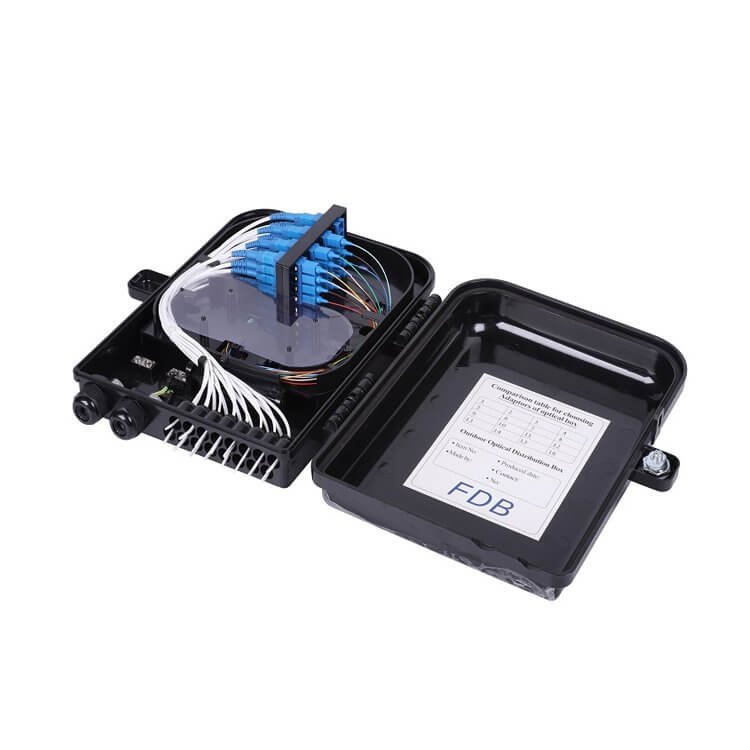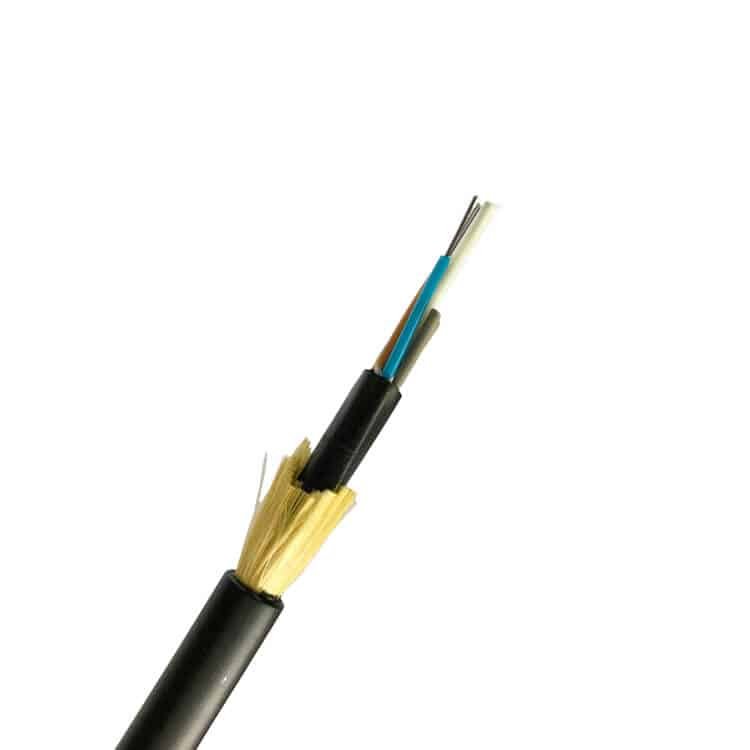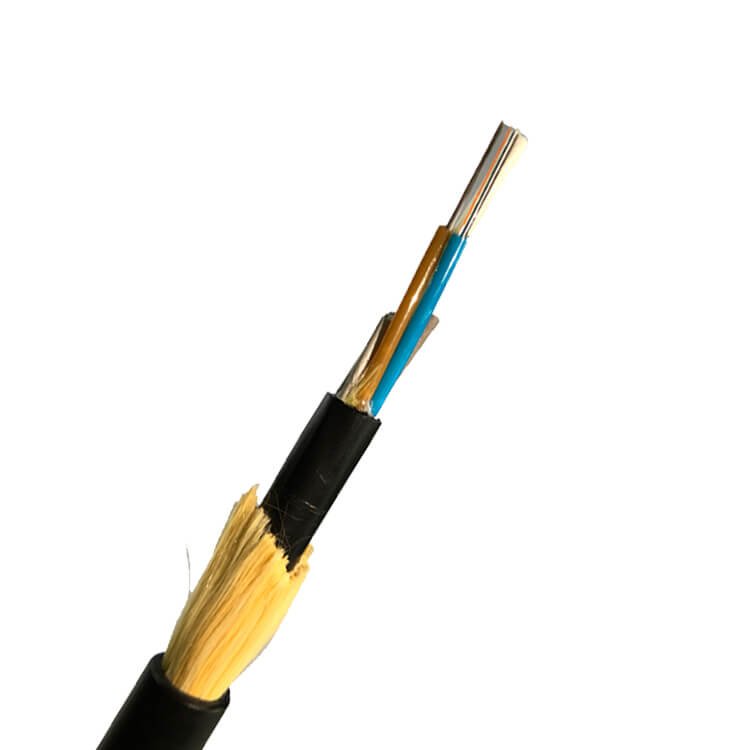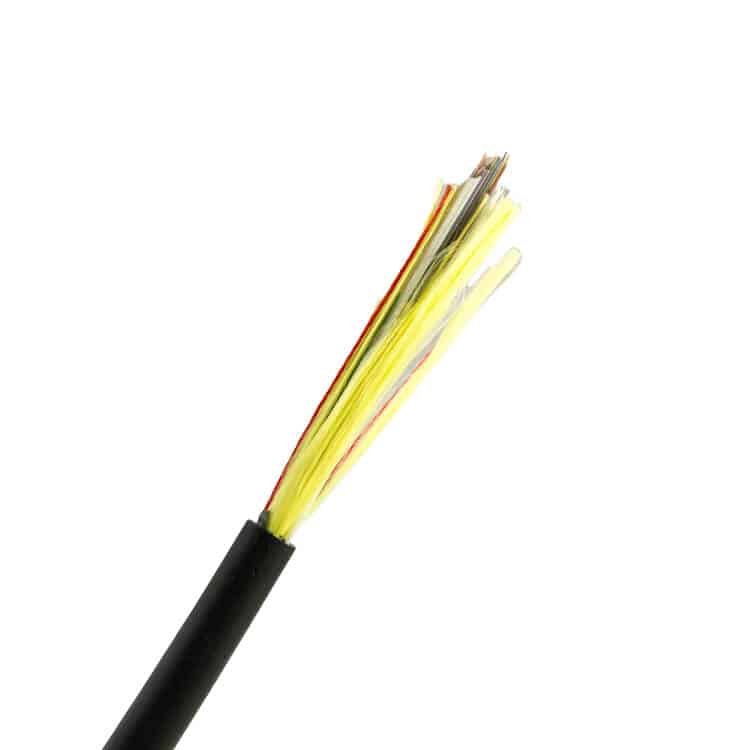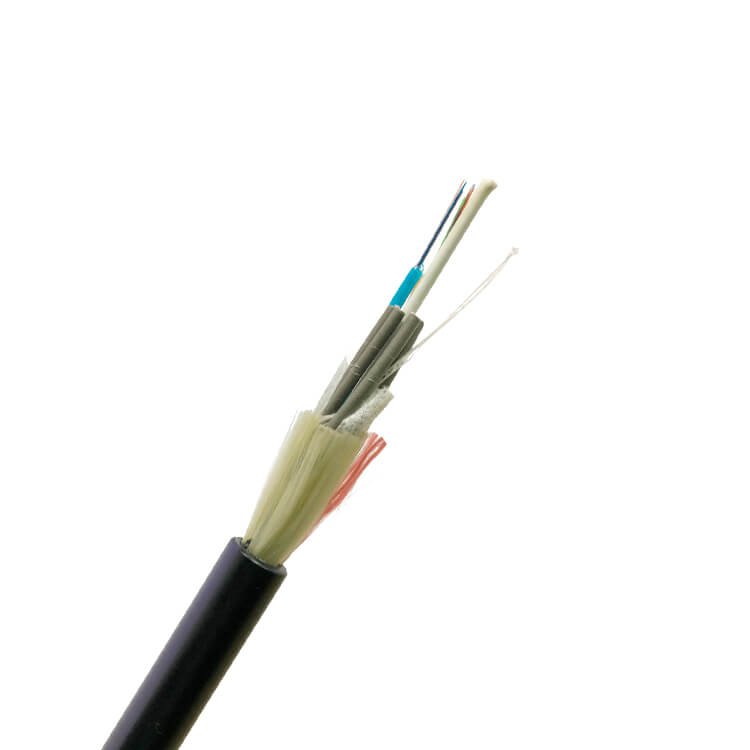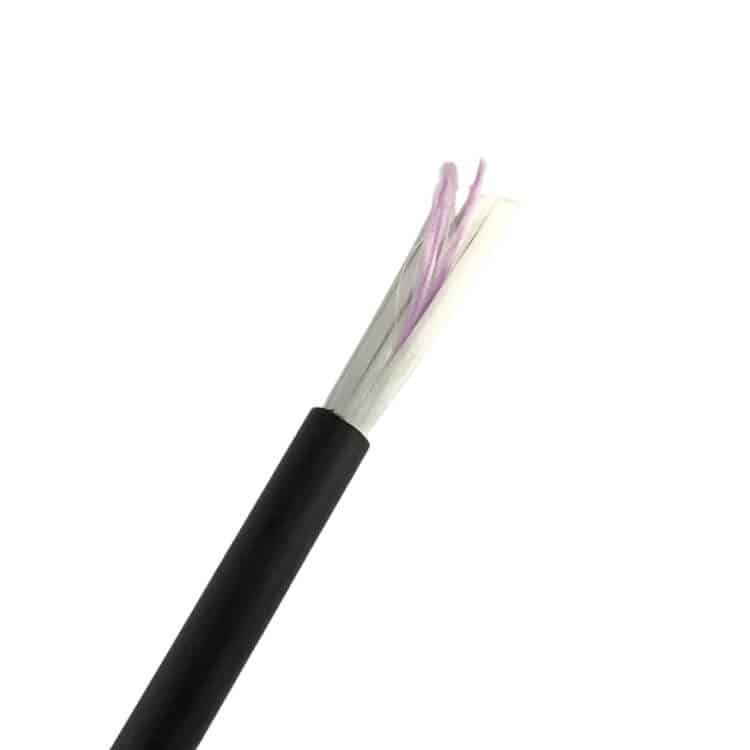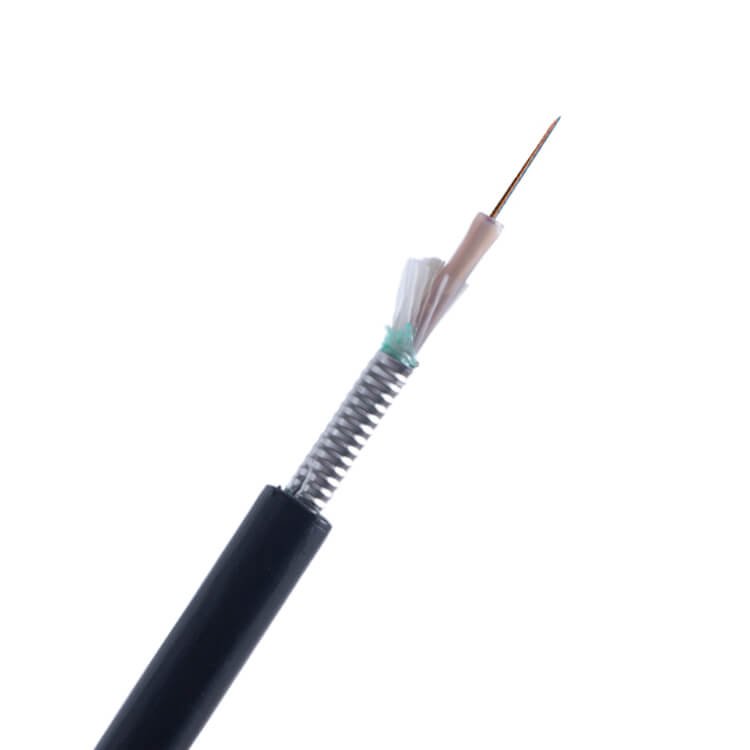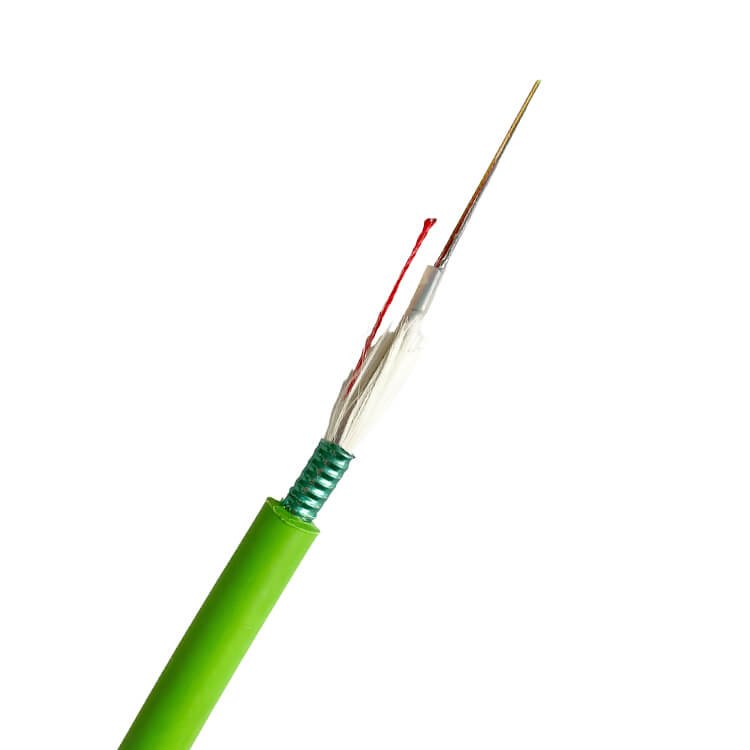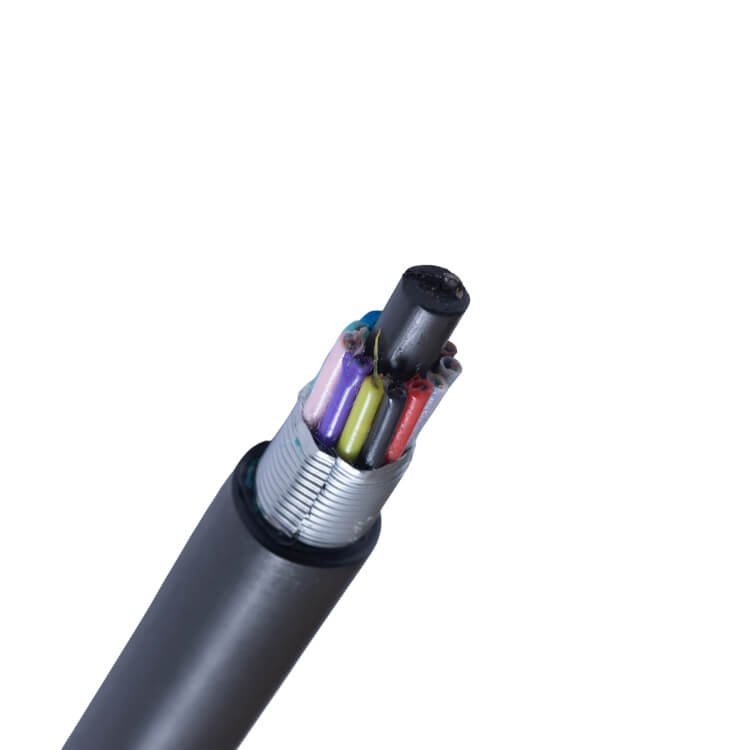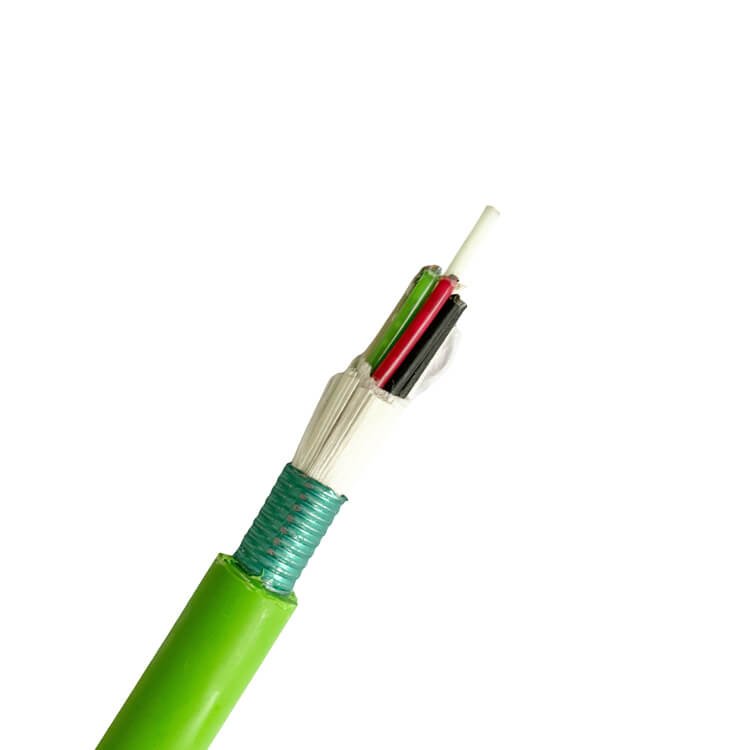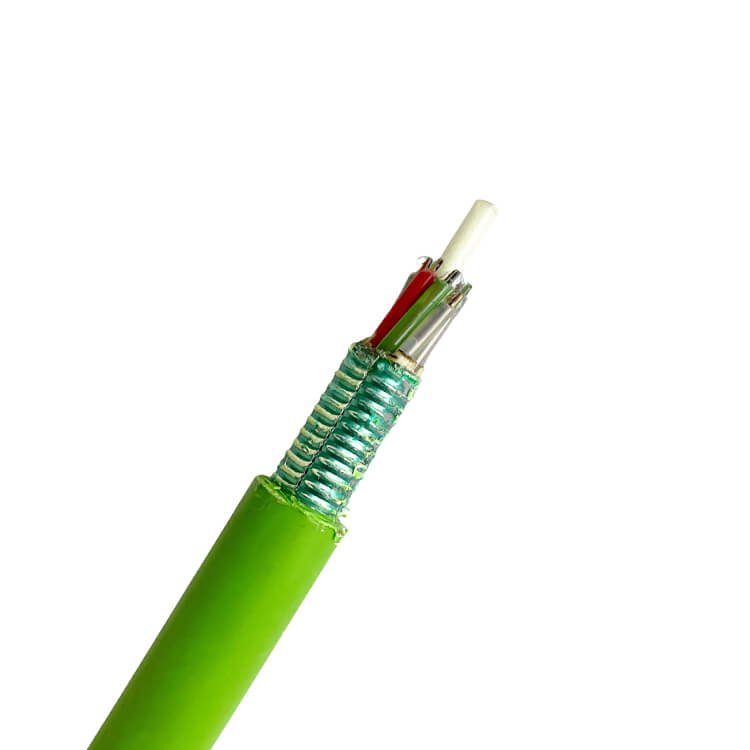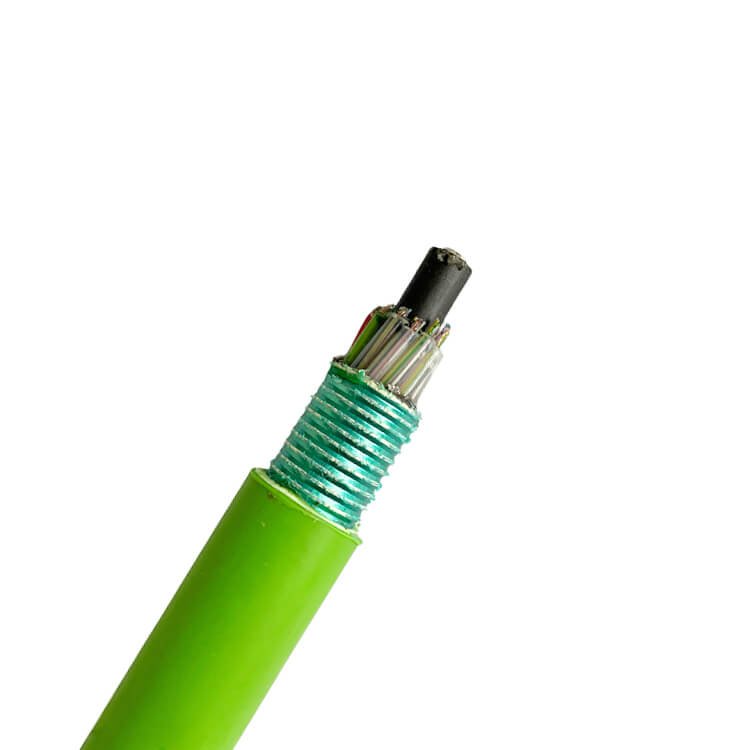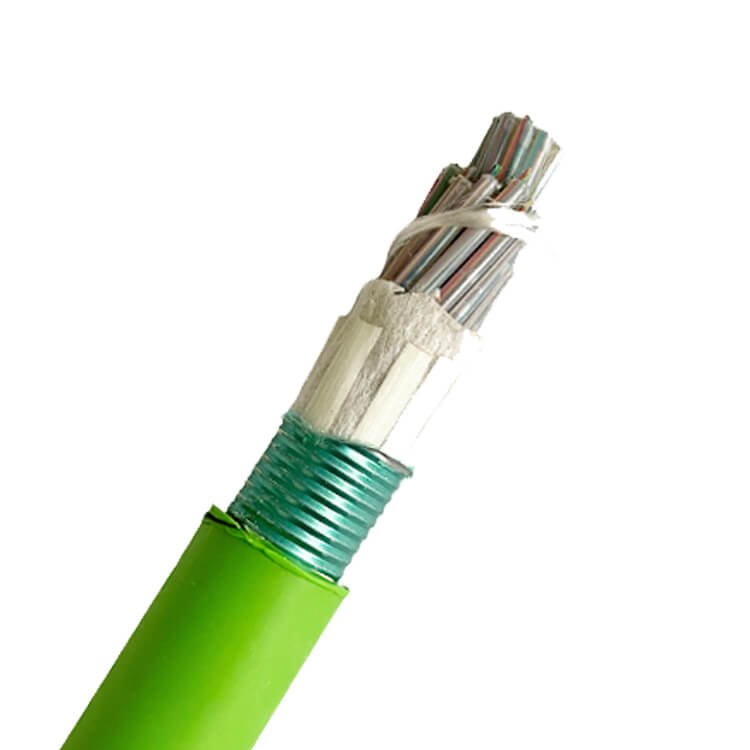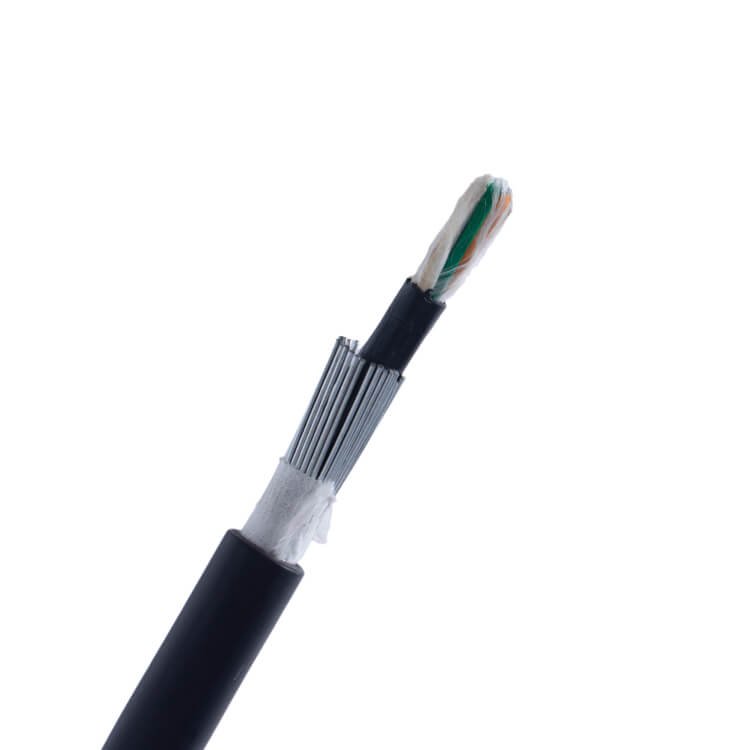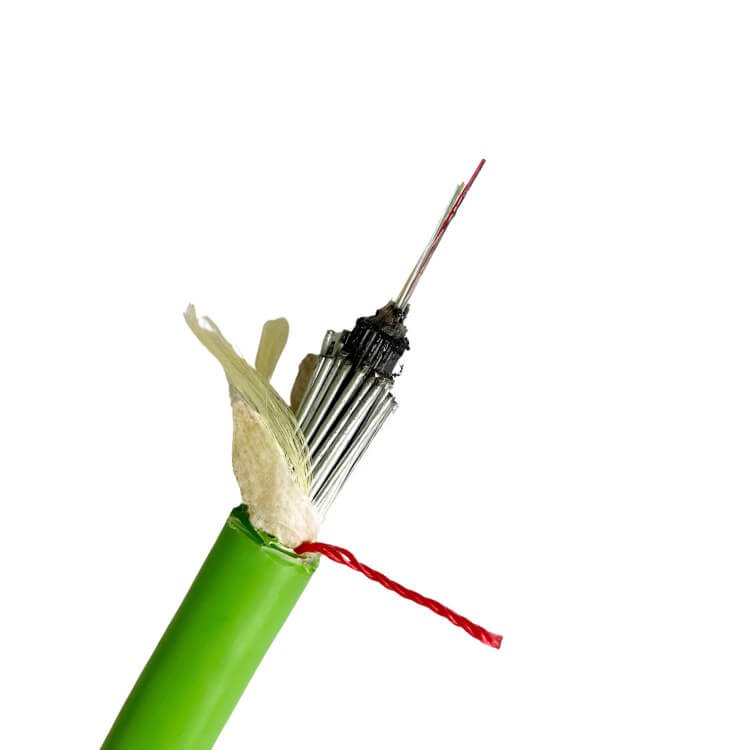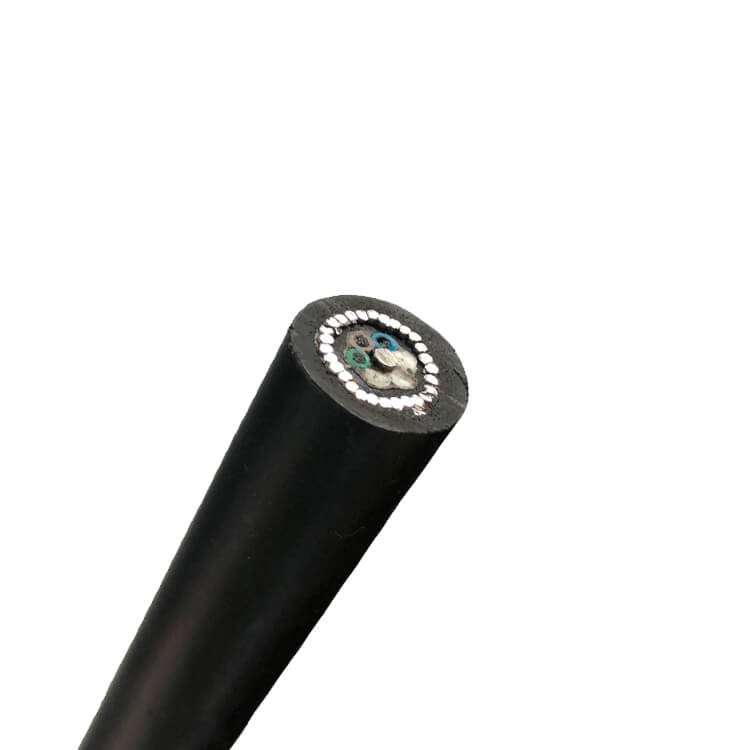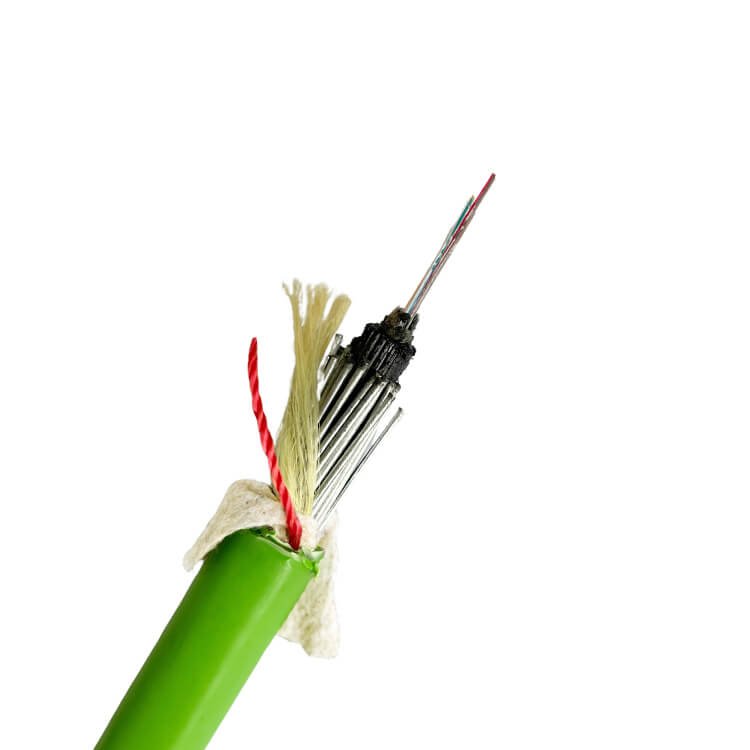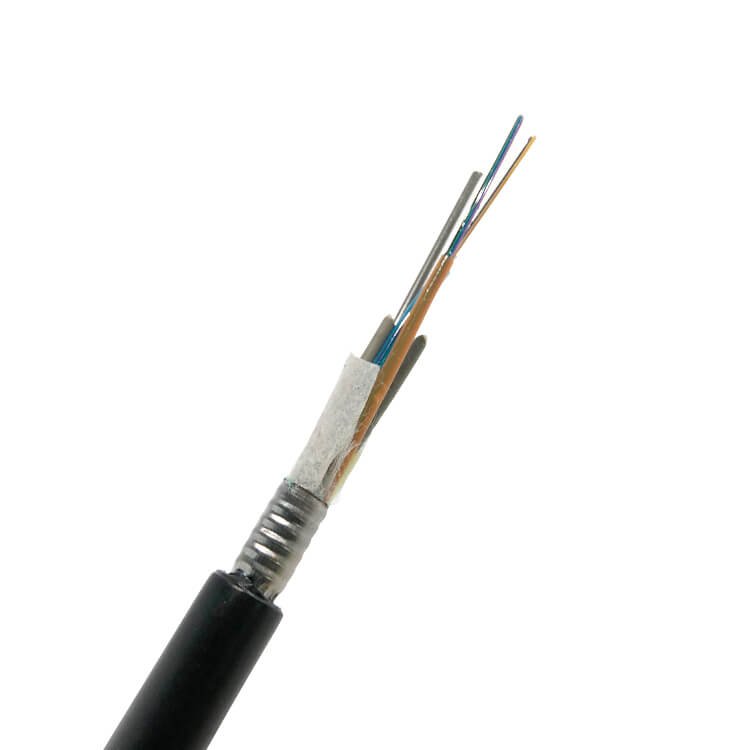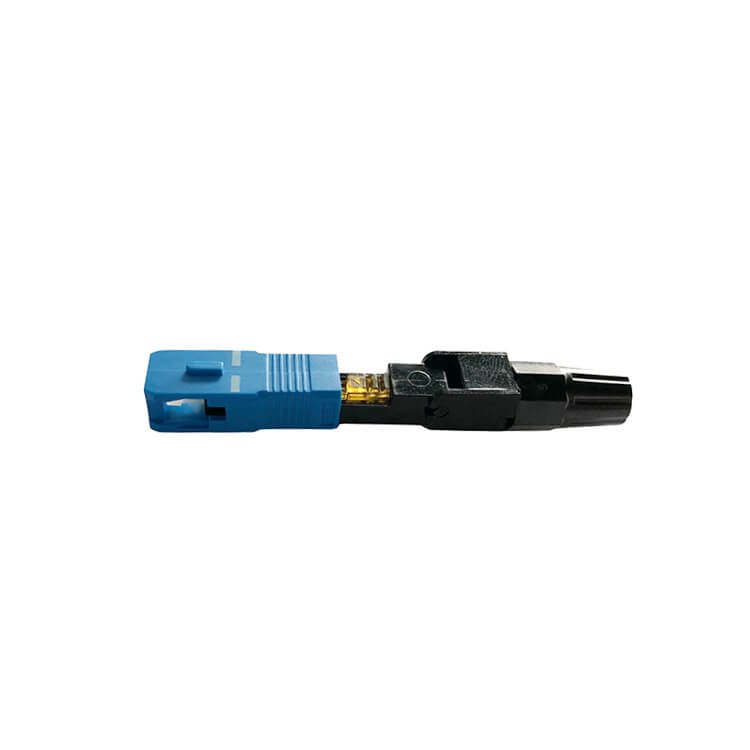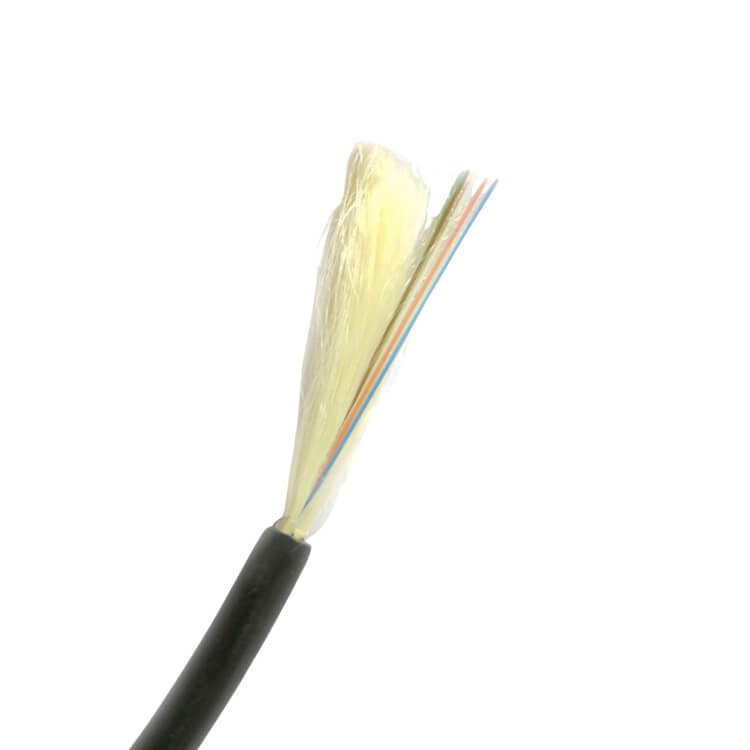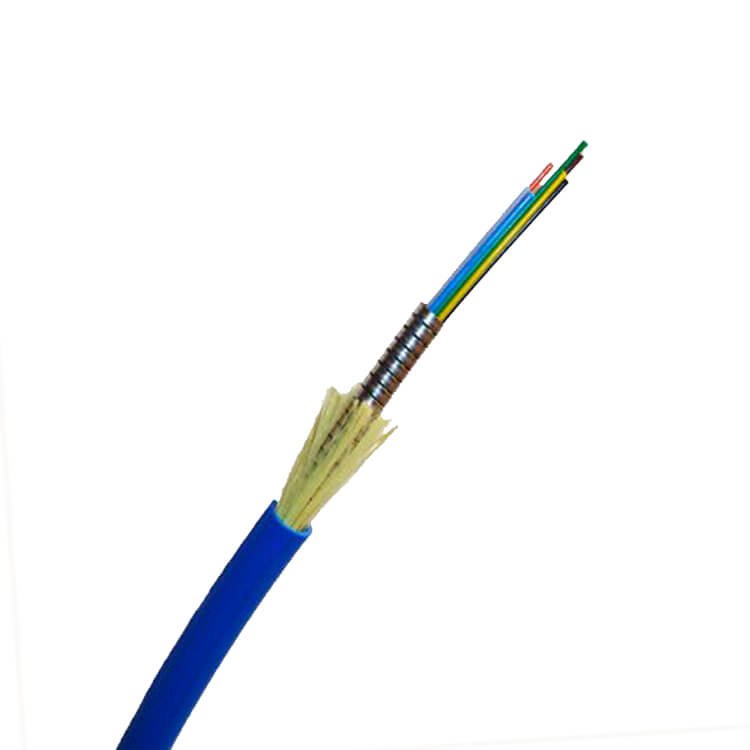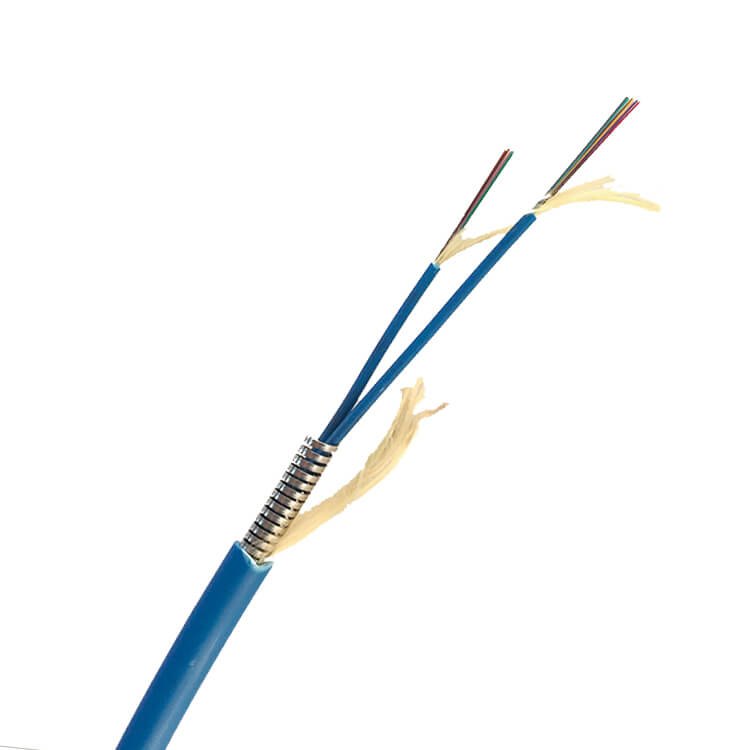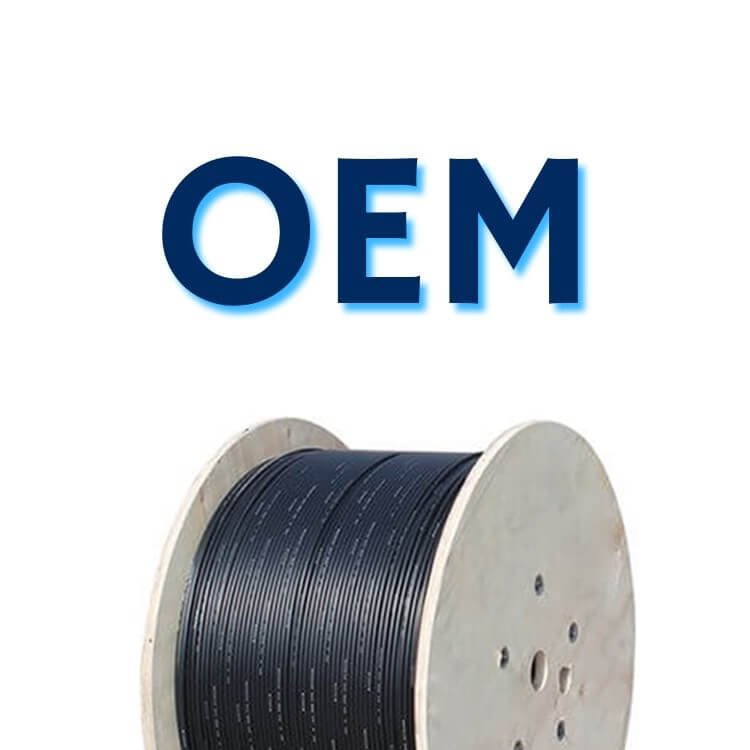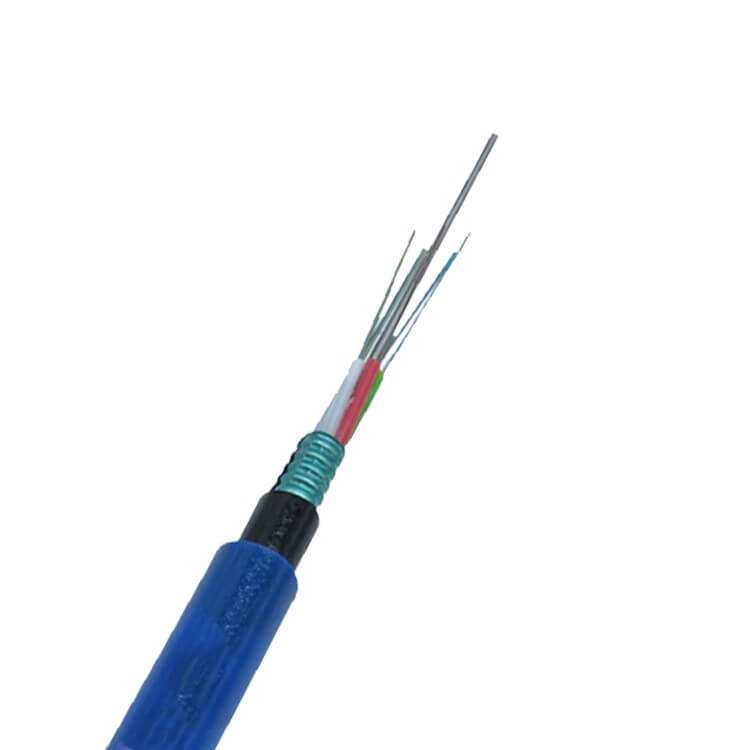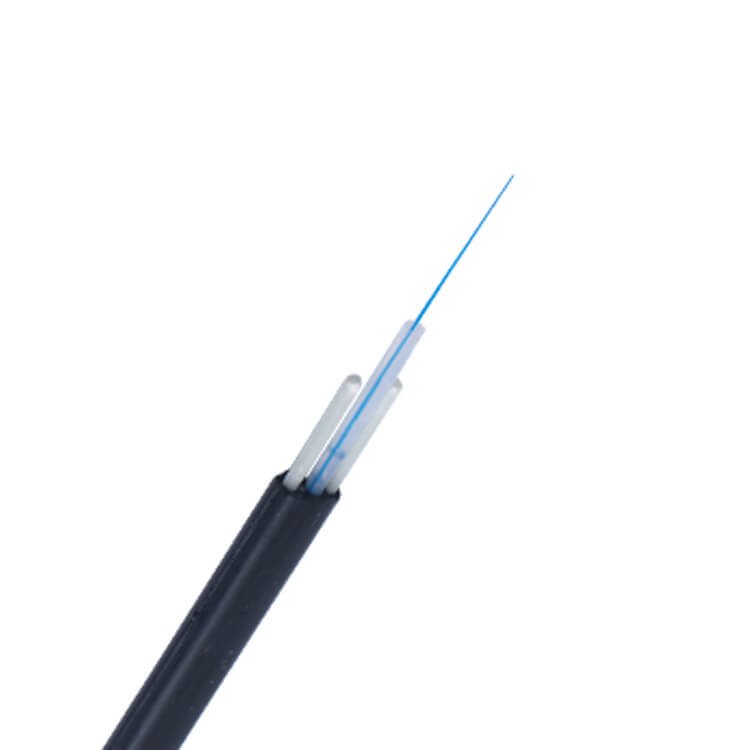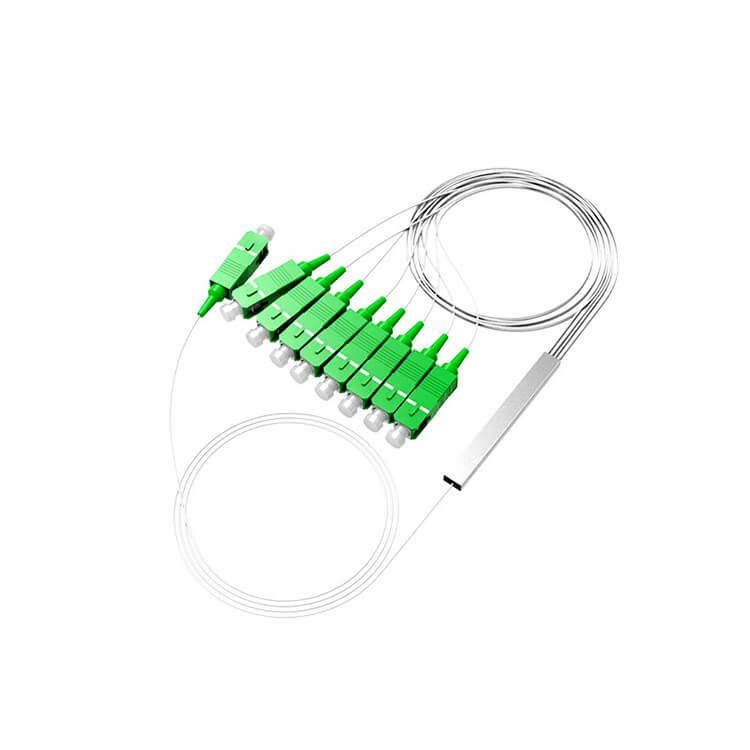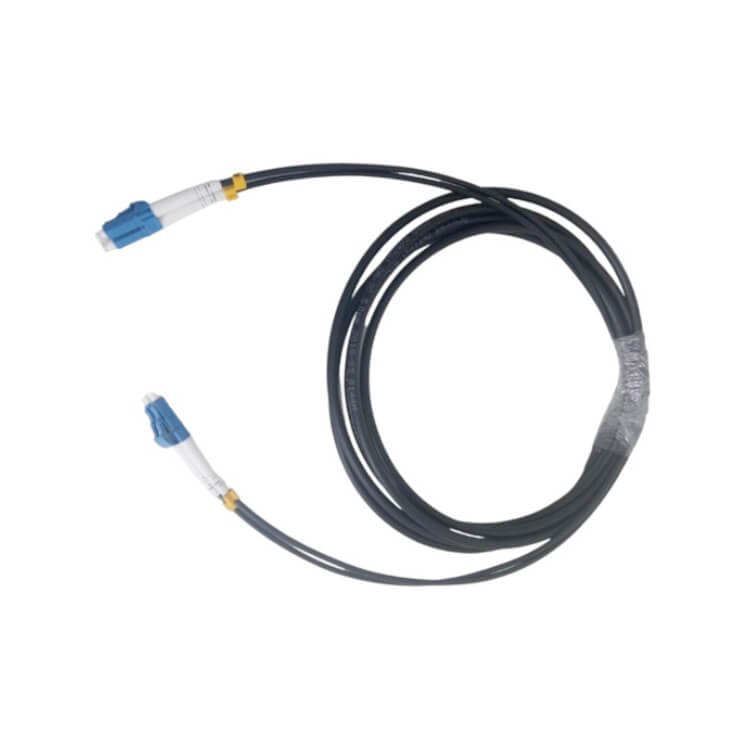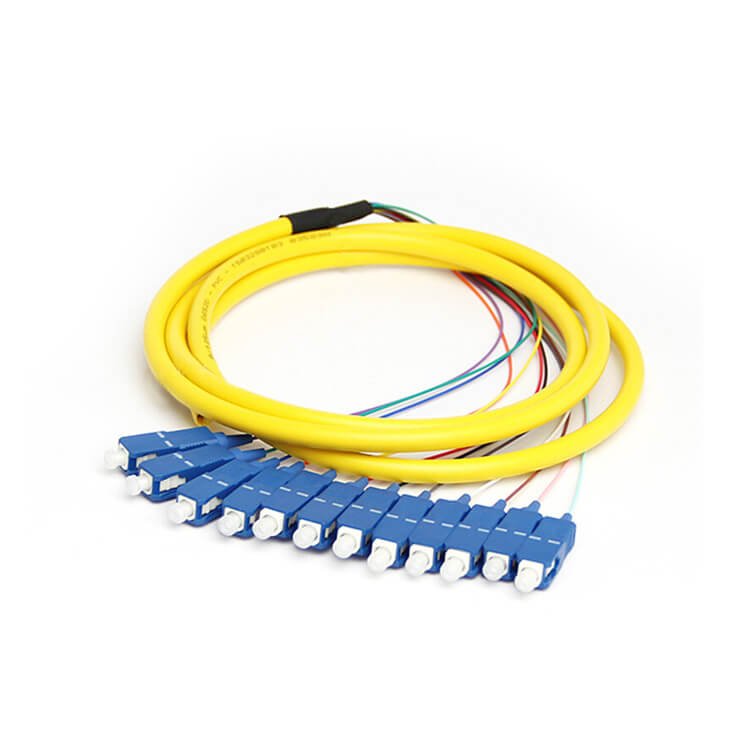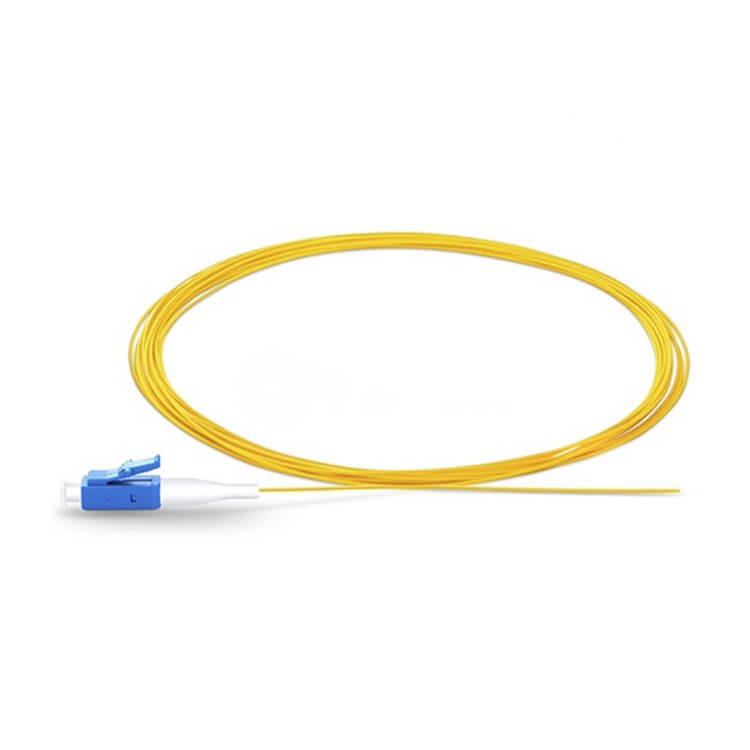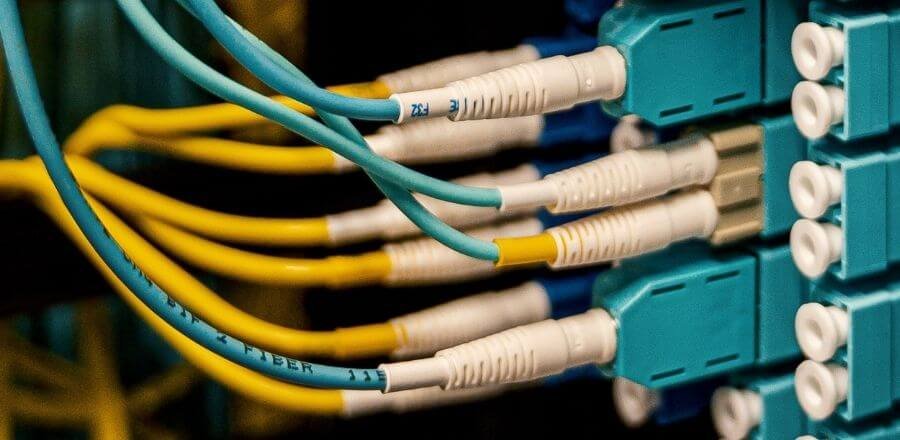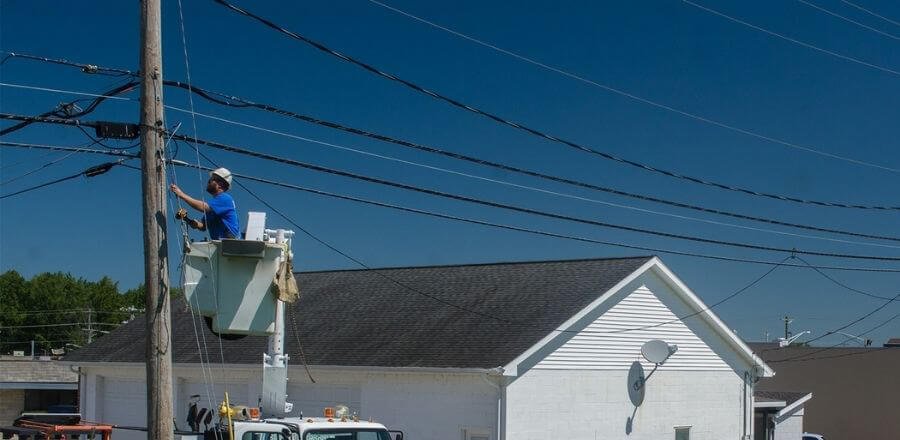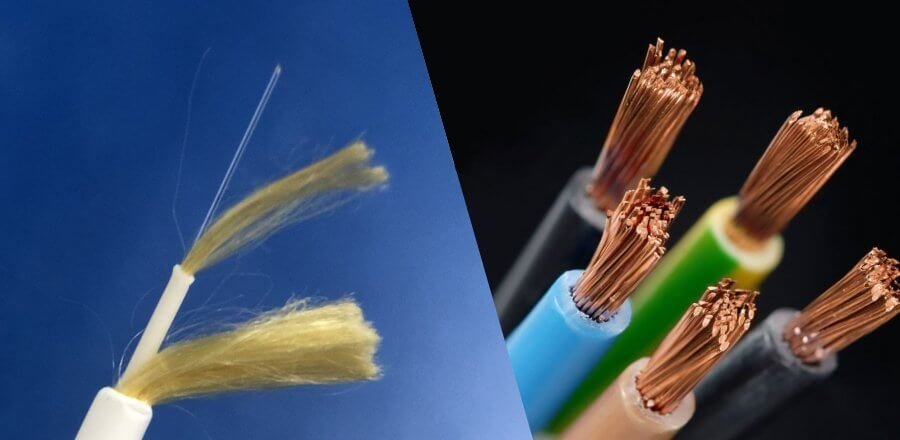Best Optical Cable Quality Control And Checklists
May 30, 2021
When we have a optical communication network requirements, we look for fiber optic cable from the market. We’ll consider the distance, environment and construction requirements. But how can we tell if the fiber cable is qualified and ensures good performance. HOC provides you following a best optical cable quality control and checklists.
Why we need to focus on cable quality?
Since the widespread use of optical cable in the communication field, the application of optical fiber in the network has been continuously deepening. Therefore, the requirements for the performance of the fiber cable are getting higher and higher.
For example, in the process of further extending the fiber network to users, a prominent problem is to install more optical fibers in a smaller cable diameter. Which may aggravate the external stress of the optical fibers. So more strict fiber cable bending performance is needed.
Quality Checklist
Fiber optic cable is consist of optical fibers and other structure part, such as filling compound, strength member, steel armoring and outer jacket. The real difference of high quality cable and others comes from cable structure design, cable material and producing quality control.
Optical Fiber
Optical fiber is the most core material in fiber optic cable. And we need the high quality grade A fibers from world class optical fiber manufacturer. Some would use low grade and smuggled fibers which are difficult to guarantee because of their complex or unknown sources. Sometimes single mode fiber and multi mode fiber are often mixed together. Due the lack of necessary detection equipment, small cable factories can’t control the quality of the fibers, and make it difficult to guarantee the cable quality.
In addition, some fiber cable are made of optical cable with short length spliced together to save costs. But the problem in construction is that: low transmission rate, short distance, large fiber attenuation, inability to connect with fiber pigtail, lack of flexibility and easily broken when wiring cables.
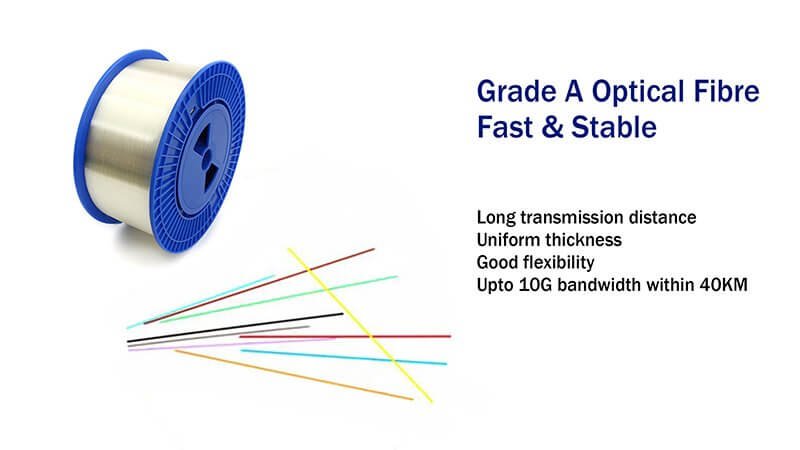
Outer Jacket
Fiber cable outer jacket should not only adapt to many different and complex climate environment, but also ensure long term (at least 25 years) stability. Therefore, the sheath should have certain strength, low thermal deformation, abrasion, water permeability, thermal shrinkage and friction coefficient, strong environmental stress resistance and good material processing performance.
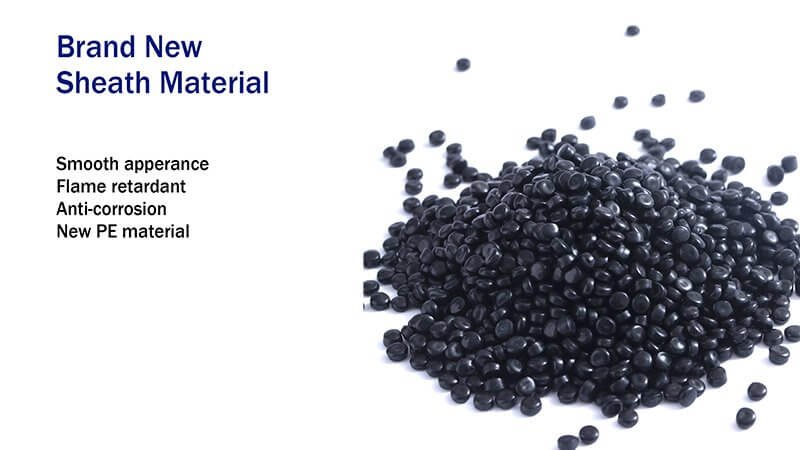
Although the less used of poorly used sheathing material can pass the factory quality inspection, but it will crack and weep after being used for a period of time due to the quality defects. Especially if the high quality polyethylene sheathing material is replaced with recycled plastic.
A fiber cable made of high quality sheath material has smooth, bright, uniform thickness outlook and no bubbles. Otherwise, the surface will be rough and many tiny pits because there are many impurities in the raw material. And cable diameter is smaller than a quality cable for thin outer sheath.
Filling Compound
Fiber cable filling compound mainly includes fiber filling compound and cable filling compound. Under normal circumstances, fiber filling compound should fill the whole loose tube, while cable filling compound should fill every gap of cable core under pressure.
At present, some fiber filling compound is half filled or less. And cable filling compound is just smeared on the outside of the cable core, or others are filled at both ends of the cable but not in the middle. This will make the optical fiber not getting good protection, affect the transmission performance such as optical fiber attenuation. With poor waterproof performance couldn’t meet the national standard, once the optical cable has accidental water seepage, it will lead to water seepage of the whole fiber cable link. Unlike normal circumstances, even if there is accidental water seepage, it is only necessary to repair the water seepage section, and there is no need to start over.( According to the national standard, the water blocking performance is: three meters of optical cable, one meter of water column pressure, 24-hour impermeability.)
If a poor fiber and cable filling compound is used, the mentioned and other problems will also occur. Because of the poor thixotropy of the filling compound, it will cause micro bending loss to the optical fiber. And the transmission characteristics of the whole fiber connection will be unqualified. If the filling compound is acidic, it will react with the metal materials in the optical cable to release hydrogen molecules. And the attenuation of the optical fiber will increase rapidly.
Loose Tube
The loose tube of housing optical fiber should be made of PBT material. This kind of loose tube has high strength, no deformation and anti-aging. Inferior fiber optic cables are usually made of PVC material. The outer diameter of such loose tube is very thin, and easily deformationed when pinched by hand. Which chouldn’t provides protection for the fiber optic cable.
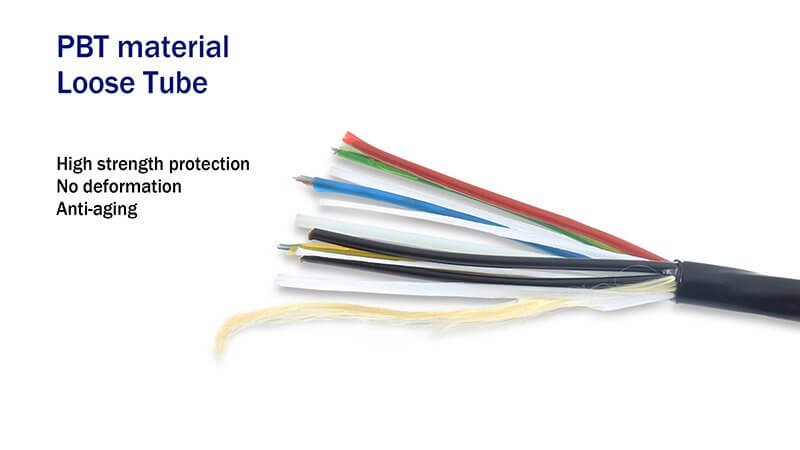
Steel & Aluminum Armor Tape
The steel tape and aluminum tape in the optical cable are mainly used to protect the optical fiber from mechanical side pressure and moisture. The chromium plated steel tape is generally used in the quality fiber optic cable.
For inferior optical cables, only one side of the ordinary iron sheet or black sheet (uncoated steel tape) which has been antirust treated is used to replace the chromium plated steel tape. Over a long period of time, corrosion will occur in the optical cable, and the hydrogen loss of the optical fiber will also be aggravated. Moreover, because it is easy to separate from the sheath, it can not form a comprehensive bonding protective layer, and the moisture retaining performance is also very poor.
In some cases, the chromium plated steel tape is replaced by tinned steel tape. The surface and bubbles of tinned steel tape are inevitable. Therefore, in humid atmosphere and surface condensation or immersion conditions, corrosion is easy to occur, especially in acidic conditions. The tin coating has poor heat resistance, and its melting point is only 232 ℃. In applications, due to the high temperature when the sheath is extruded, the peeling strength is uncertain, which affects the moisture resistance of the optical cable. The melting point of chromium is 1900 ℃, and its chemical property is very stable. It will not rust when placed in the air or immersed in water at normal temperature. It has very good corrosion resistance. Because the surface is easy to oxidize to form a passivation layer, it has good environmental resistance. In general, the unqualified hot-dip coated aluminum tape replacement of the tape casting qualified coated aluminum tape will also affect the performance of a fiber optic cable.
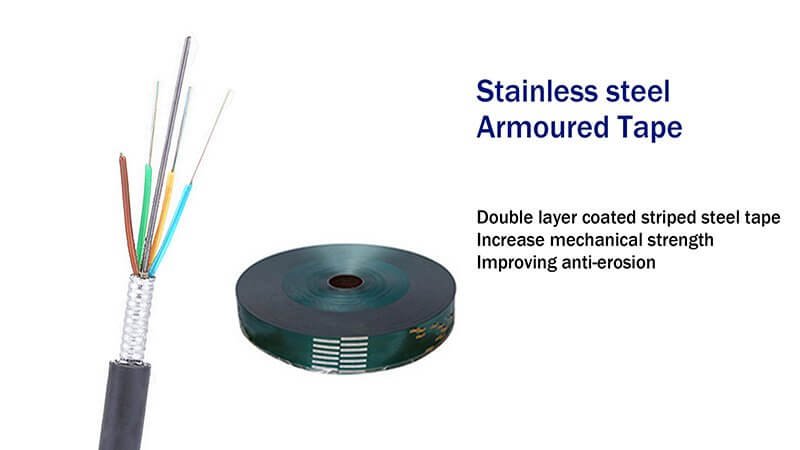
Steel Wire Reinforcement
The steel wire in the optical cable is mainly used to protect the optical fiber from mechanical tension. A good optical cable usually uses high modulus phosphated steel wire with short-term tensile force of 1500N or 3000n. The inferior optical cable will be replaced by iron wire or ordinary steel wire with small diameter, which is easy to rust on the one hand. On the other hand, because the tensile strength is far less than 1500N, the fiber may be damaged during construction. The phosphating steel wire with high modulus is generally bluish gray with good toughness and is not easy to bend. The replacement wire can be easily bent by hand. And the two ends of the fiber optic cable in splice enclosure box will rust and fracture after a long time.
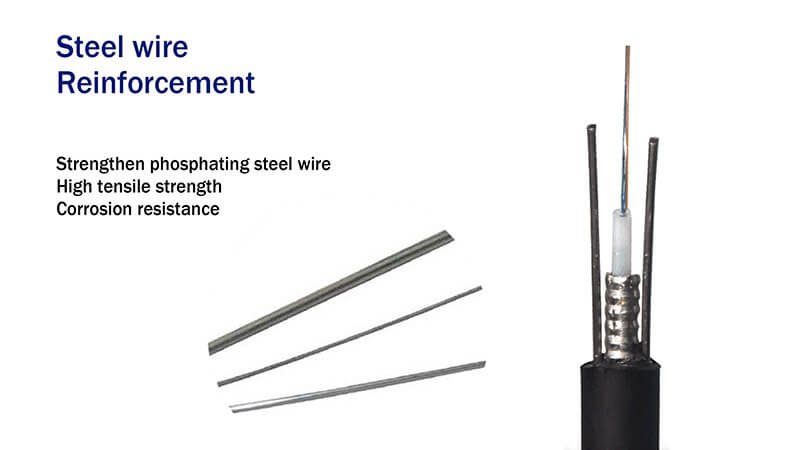
Water Blocking Material
Through the super absorbent resin evenly distributed in the fiber cable, the water blocking tape or water blocking yarn has strong water absorption performance. Under the joint action of soaking pressure, affinity and rubber elasticity, the super absorbent resin can quickly absorb water several times of its own weight. Moreover, the water blocking powder will expand the gel immediately after encountering water. No matter how much pressure it exerts on it, the water will not be squeezed out at this moment. Therefore, if the cable outer sheath is damaged, the super absorbent resin in the damage spot will expand and play a sealing effect. Which can prevent the water to the minimum. Non woven fabric or paper tape is usually used in inferior optical cable. The consequences will be very serious once the outer jacket of optical cable is damaged.
Aramid Yarn
Aramid is also known as Kevlar. It is a kind of high-strength chemical fiber, which is widely used in military industry at present. Bulletproof vest is made of this material. Aramid yarn is used as reinforcement for indoor fiber optic cable and power overhead all dielectric self supporting cable (ADSS).
However, due to the high cost of aramid fiber, the inferior fiber optic cable is usually made with very thin outer diameter. In this way, the cost can be saved by reducing a few strands of aramid yarn, or instead using a kind of polyester yarn similar to aramid fiber. But the polyester yarn can hardly bear any tensile force. Such optical cable is easy to be broken when pulling or passing through the pipe. ADSS cable is based on the pole span and wind speed per second to determine the number of aramid yarn in the cable. This need carefully check and confirm before construction.

Packing
Fiber optic cable is generally packed in wooden or iron wooden drums. And the wooden drum will be sealed on the outside. This is to ensure that all the stress, bending radius and other conditions of the heavy cable during the whole transportation are within the standard requirements.

Conclusion
As the transmission medium of optical fiber communication system, optical fiber and system equipment form the entire optical fiber communication network. Therefore, the quality of optical cable directly affects the entire operation of the communication network. Make sure taking cable quality into account is the priority when choosing from a suppliers.

Tony Lau is technical manager and co-founder at HOC. He loves writing about content optical fiber communications, specializes in fiber optic cables, FTTH turnkey solutions, ADSS cable, and ODN networks.
Share it with
Get A Quick Quote
Related Products
Here Are More Worth Reading
